
Gallstones are one of the problems that result from the accumulation of certain substances such as cholesterol, which vary in size from grains the size of grains of sand to larger grains.
The gallbladder sac stores bile, which is produced by the liver, which helps the body to digest fats. This juice flows from the gallbladder sac toward the small intestine, through small channels called the bladder and bile ducts.
Most types of gallstones do not cause any problems, but if the gallbladder ducts are blocked by these stones, then they must be treated immediately.
Symptoms of gallstones:
Most people with cholelithiasis do not have any symptoms, and sometimes some symptoms, such as the following:
Moderate pain in the abdomen, or in the upper right part of the abdomen.
Pain in the upper right side of the back, or towards the right shoulder.
*Pain when eating.
Symptoms of bile duct obstruction:
Symptoms of bile duct obstruction with gallstones are as follows:
* Pain accompanied by fever.
* Yellowing of the skin.
* White eyes.
In such cases, it is preferable to go to the doctor immediately, as the accumulation of stones in the gallbladder ducts increases the risk of pancreatitis.
In the event of sudden and severe pain in the abdomen or chest area, and the real cause of this pain is not sure, the treating doctor should be contacted, immediately and without delay, as the symptoms of gallstones are very similar to the symptoms of sudden pain in the event of a heart attack.
Causes and risk factors for gallstones:
Gallstones form when cholesterol combines with other substances that make up bile, in cases where the gallbladder bag is not drained properly.
People who are overweight, or who are trying to lose weight as quickly as possible, are more likely to develop gallstones.
Complications of gallstones:
Complications that may result from gallstones include:
* Gallbladder inflammation.
*Bile duct obstruction.
* Blockage of the pancreatic duct.
* Gallbladder cancer.
Diagnosis of gallstones:
When feeling pains in the abdominal cavity, you should go to the treating doctor to diagnose the condition, where the doctor inquires about the nature of these pains, the beginning of their appearance, their exact location, and whether they are permanent or appear and disappear alternately.
The doctor is likely to recommend a number of imaging tests, during which the body is visualized from the inside, such as: Ultrasound.
An examination of the gallbladder bag can also be performed, where the doctor injects the patient with a dye (Pigment) into a vein in the arm, then x-rays are taken, during which the dye flows into the liver, gallbladder ducts, the gallbladder bag, and the intestine, and any gallstones are detected.
Gallstones treatment:
The doctor may recommend taking pain relievers in the event of a mild episode of pain, then wait to check whether the pain will go away with the effect of this treatment or not, and in some cases another attack occurs that is monitored for developments, and this usually does not cause any complications.
If the patient experiences a severe acute attack of pain, the treating doctor may recommend surgical removal of the gallbladder, as this indicates the possibility of other attacks in the future.
surgery:
Gallbladder removal surgery is performed on many people, and it is often done without any complications, as it is done by laparoscopic surgery, in which the surgeon makes a number of small incisions in the abdominal cavity, and then withdraws the gallbladder bag through them.
Most patients who undergo this surgery are able to resume their normal activities within one to two weeks of surgery. In some cases, the surgeon has to make a larger incision in the abdomen to remove the gallbladder bag. In such cases, the recovery period is longer.
Prevention of gallstones:
Gallstones can be prevented in the following cases, such as the following:
* Make sure to maintain a healthy weight.
* Lose weight slowly.
* Make sure to eat good amounts of fiber.





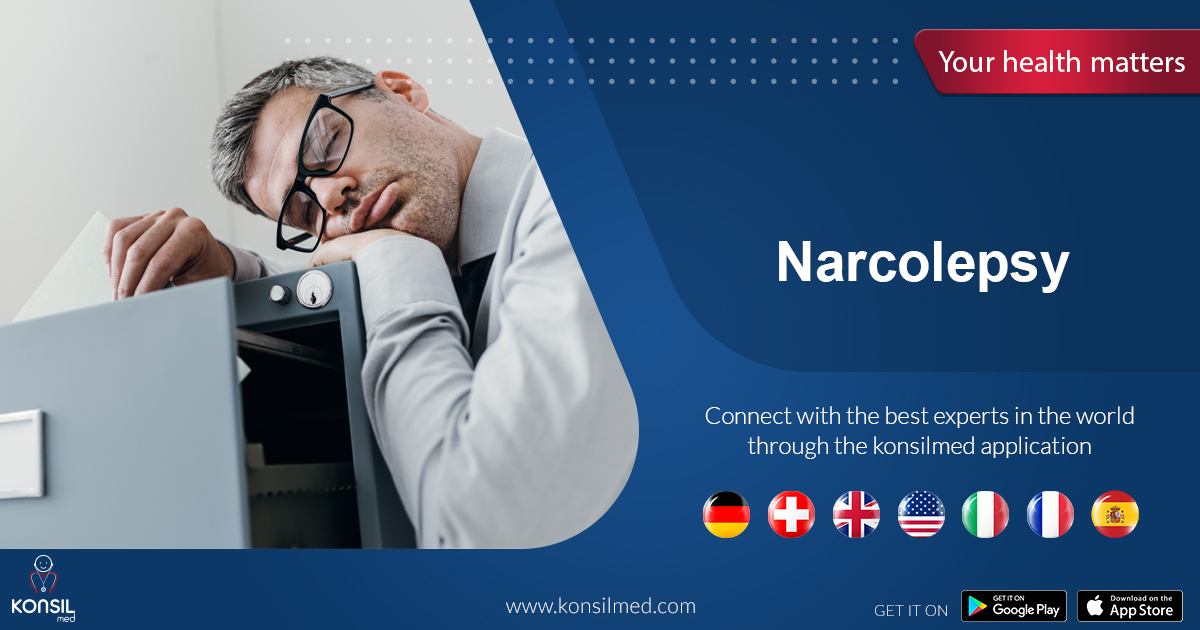
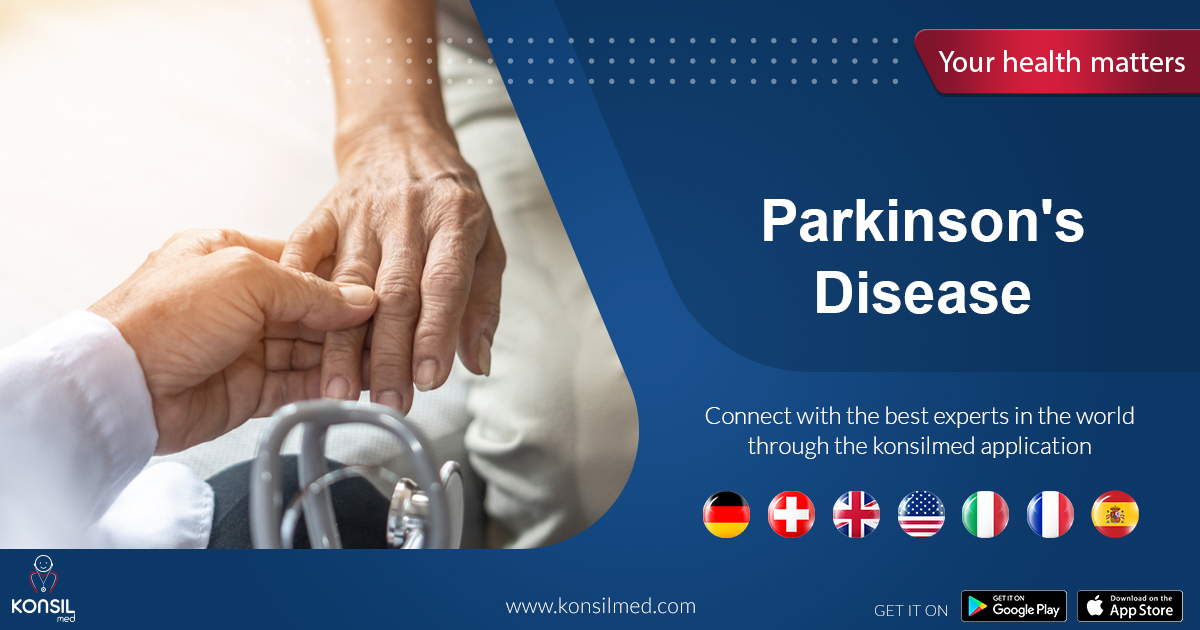
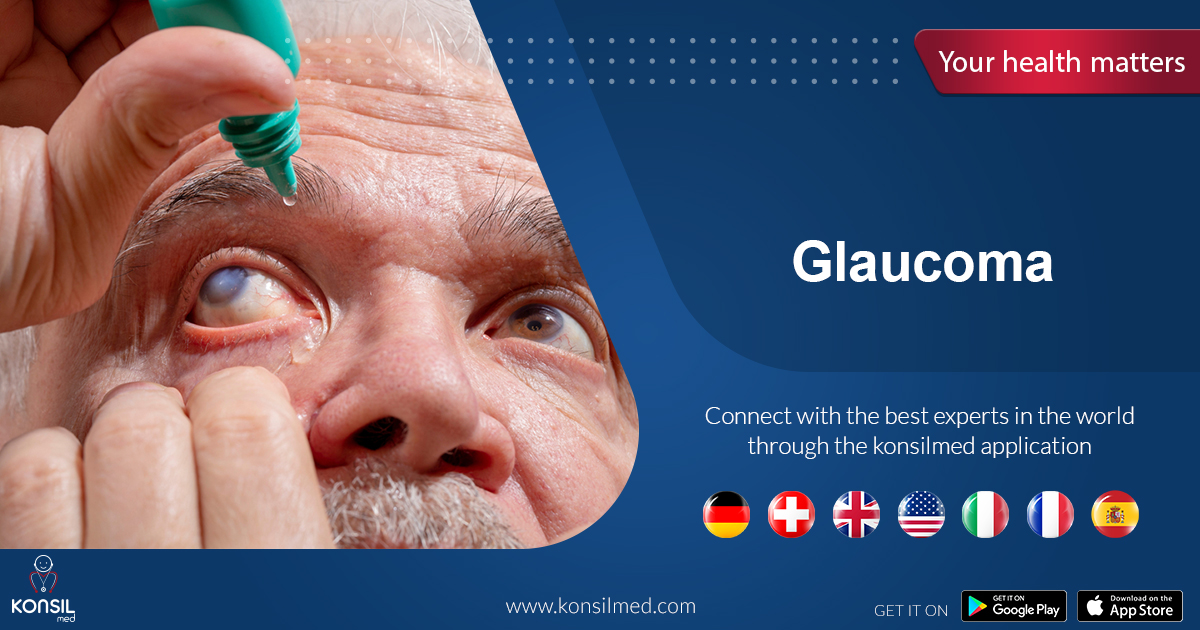
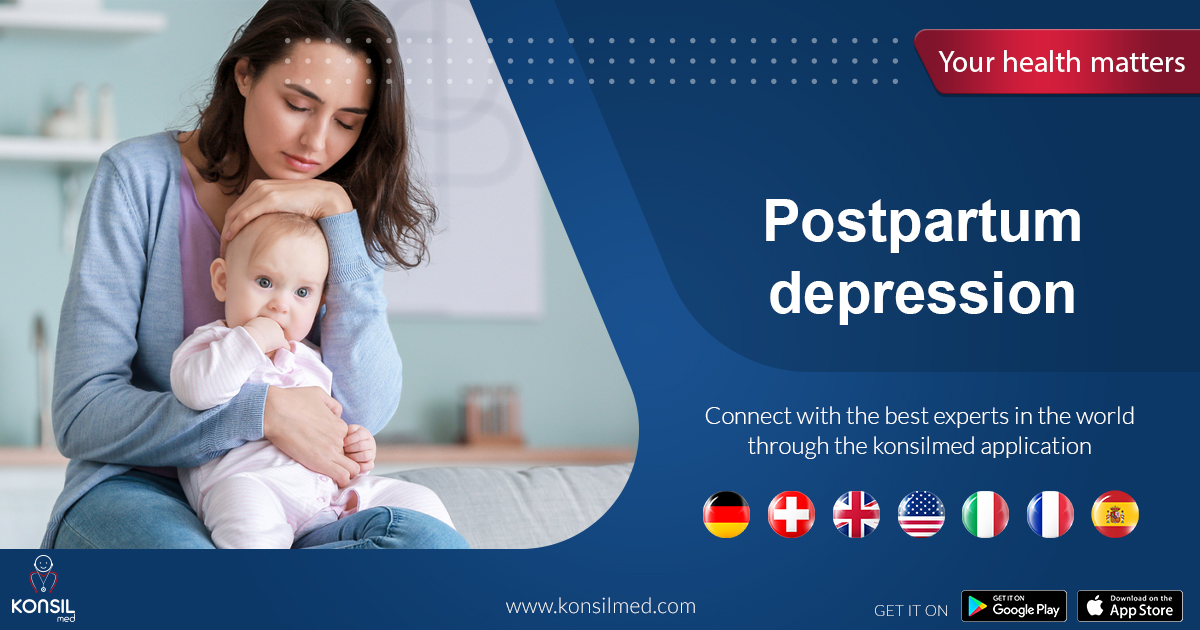
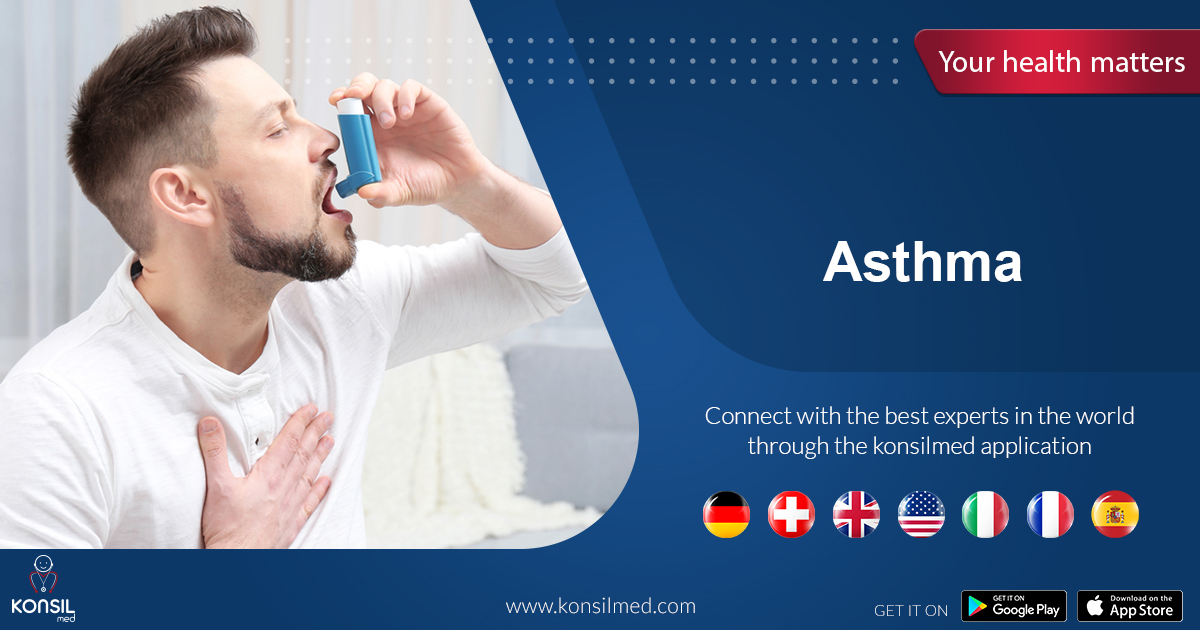
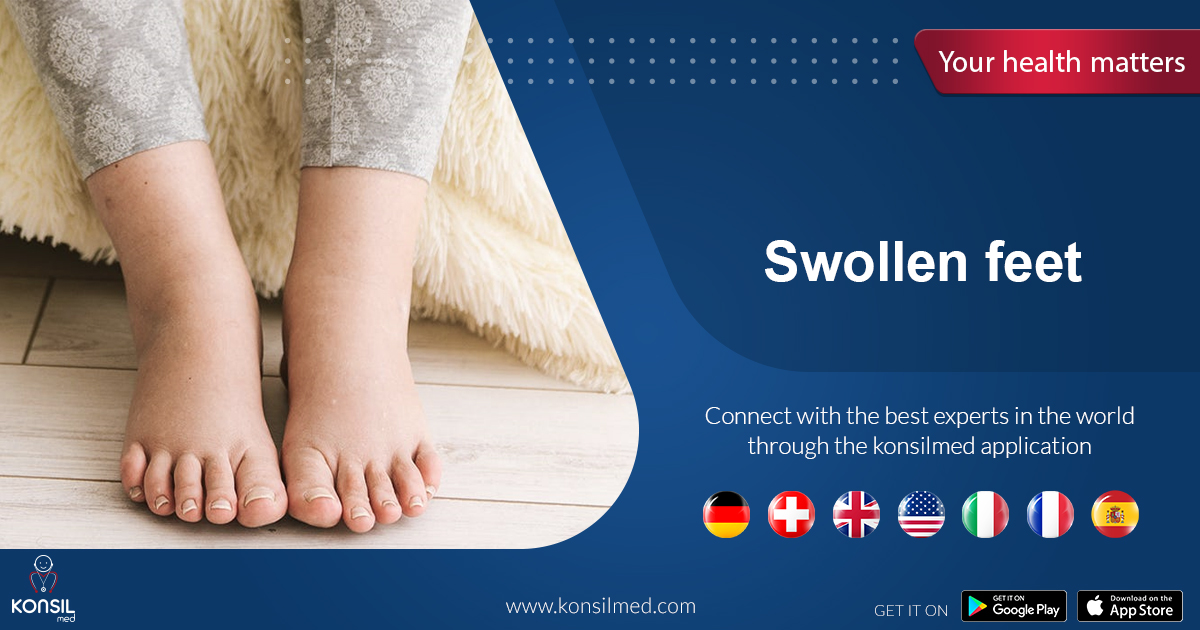
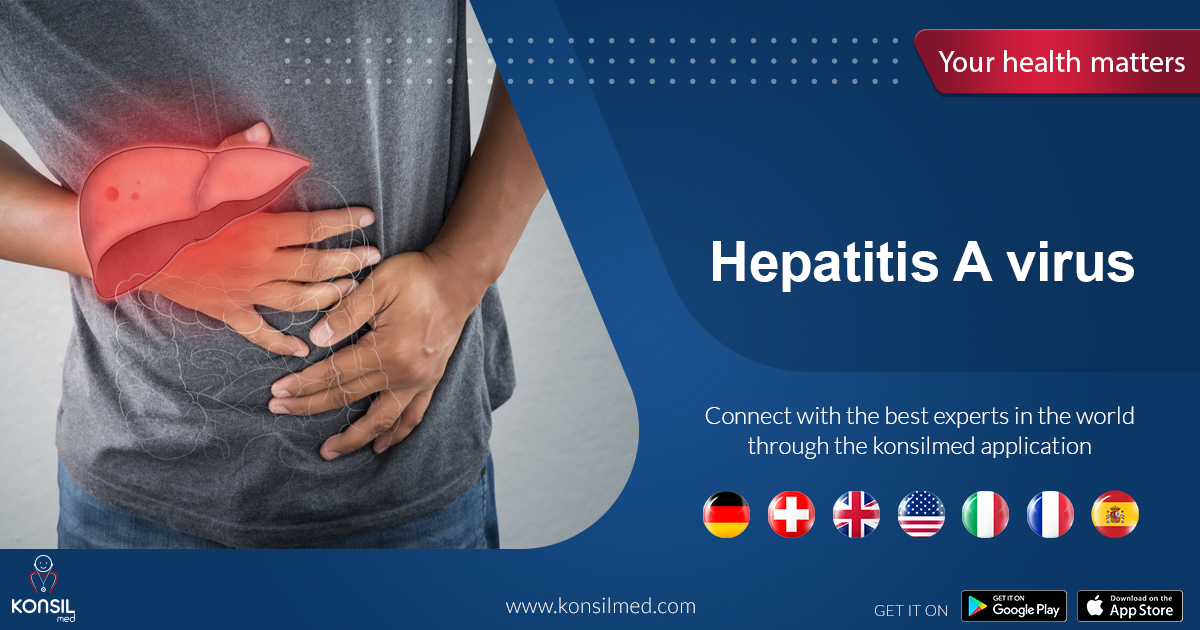
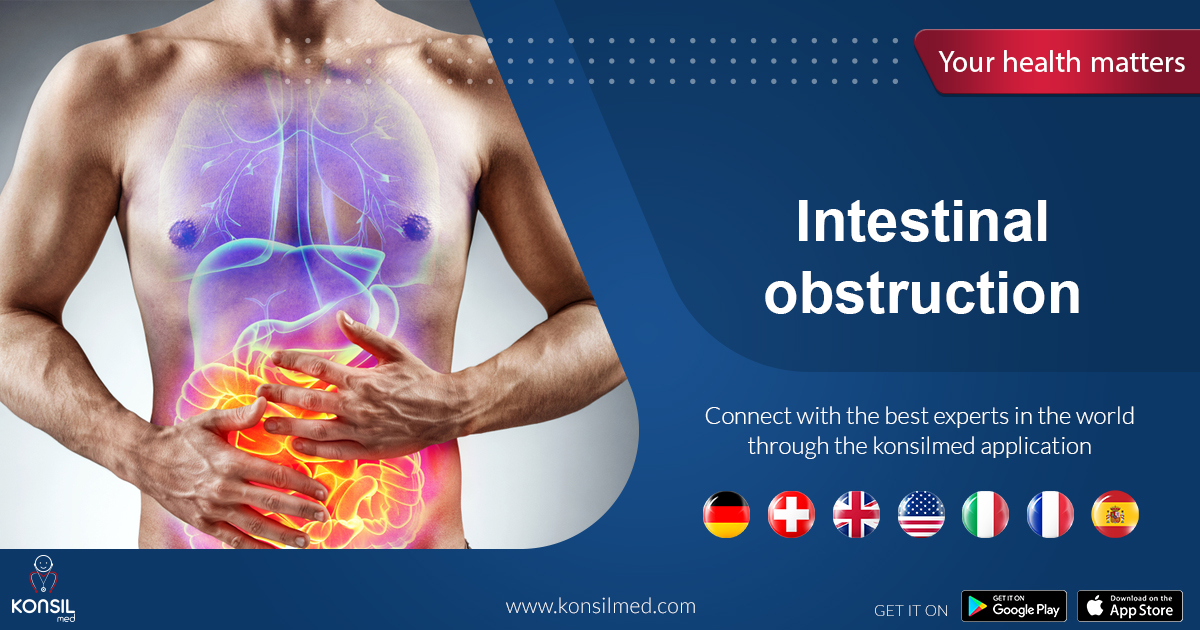
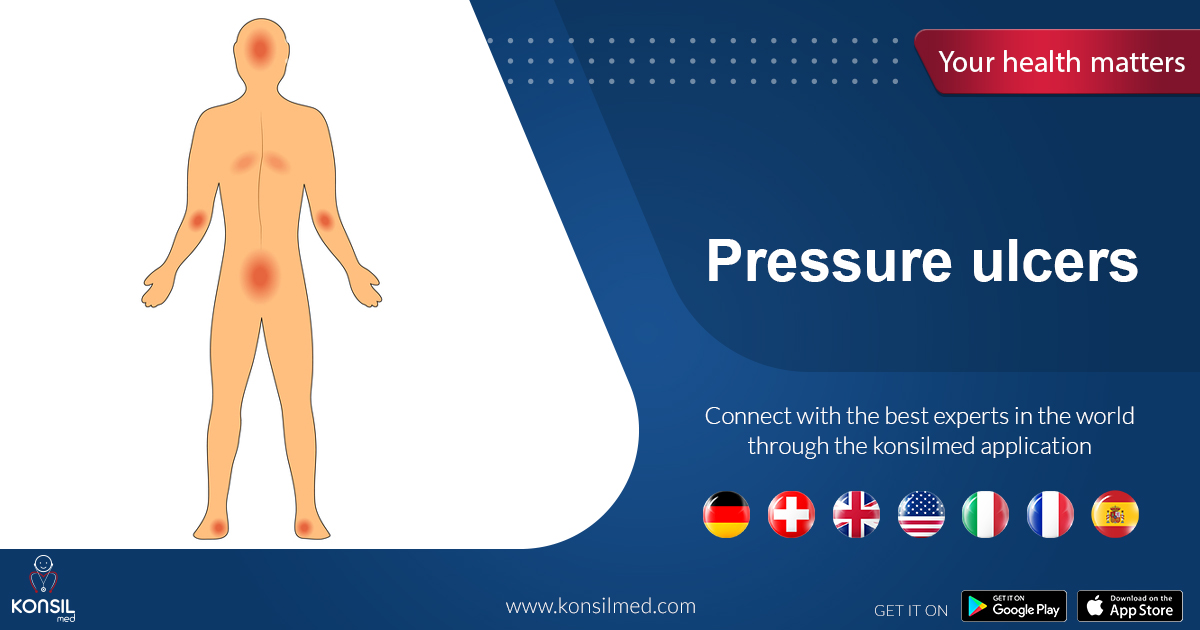
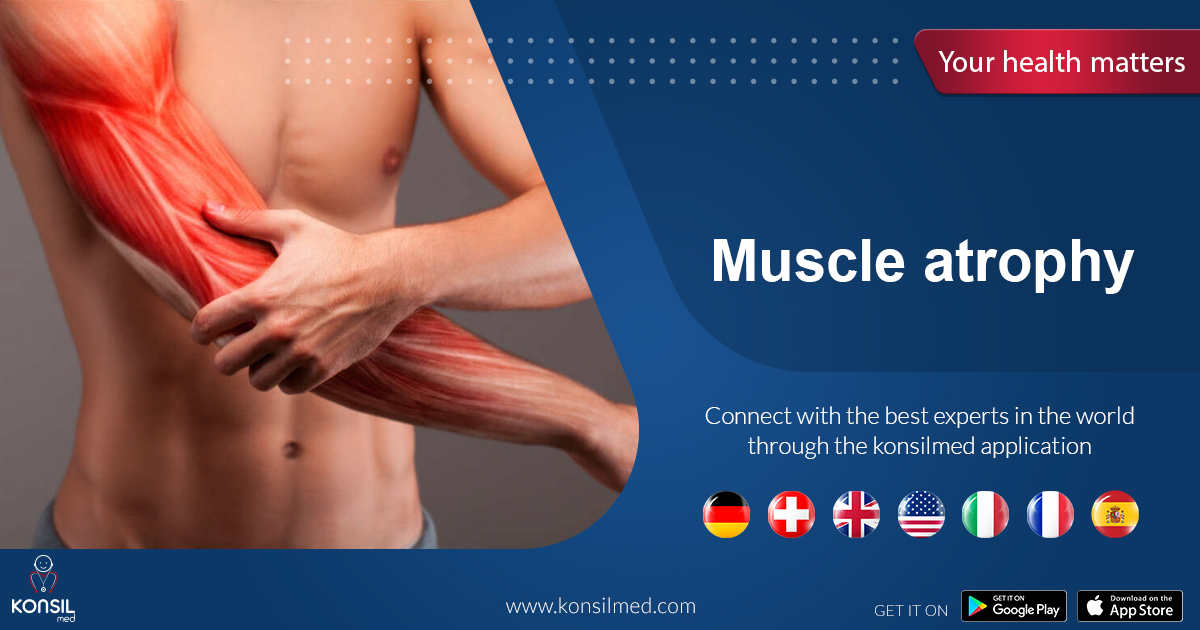

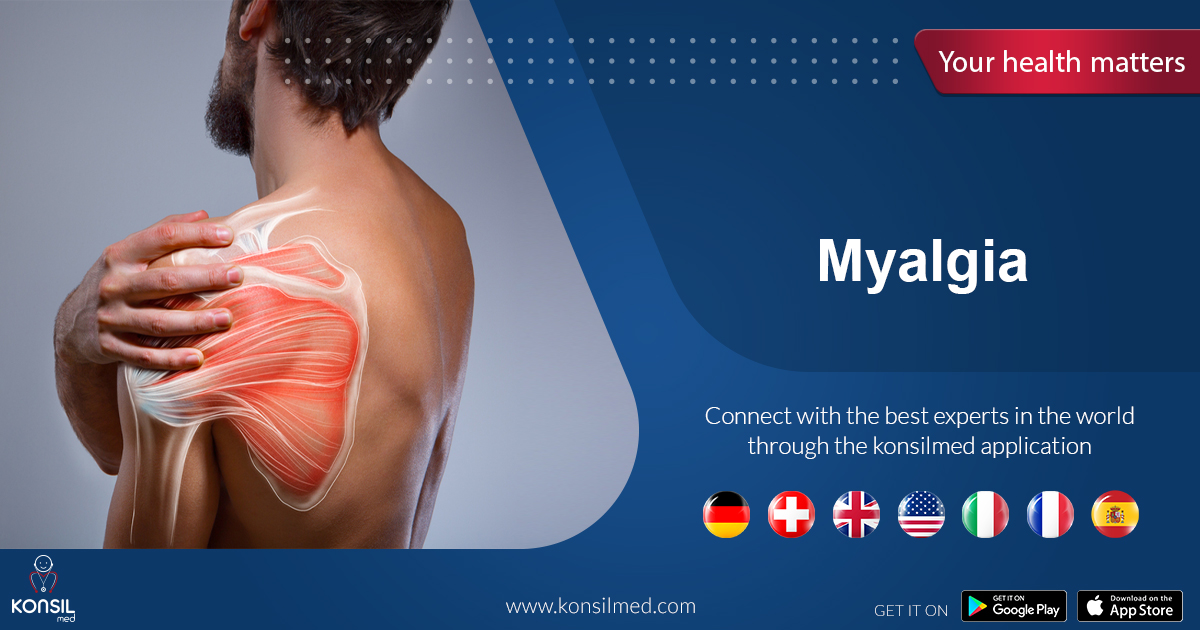
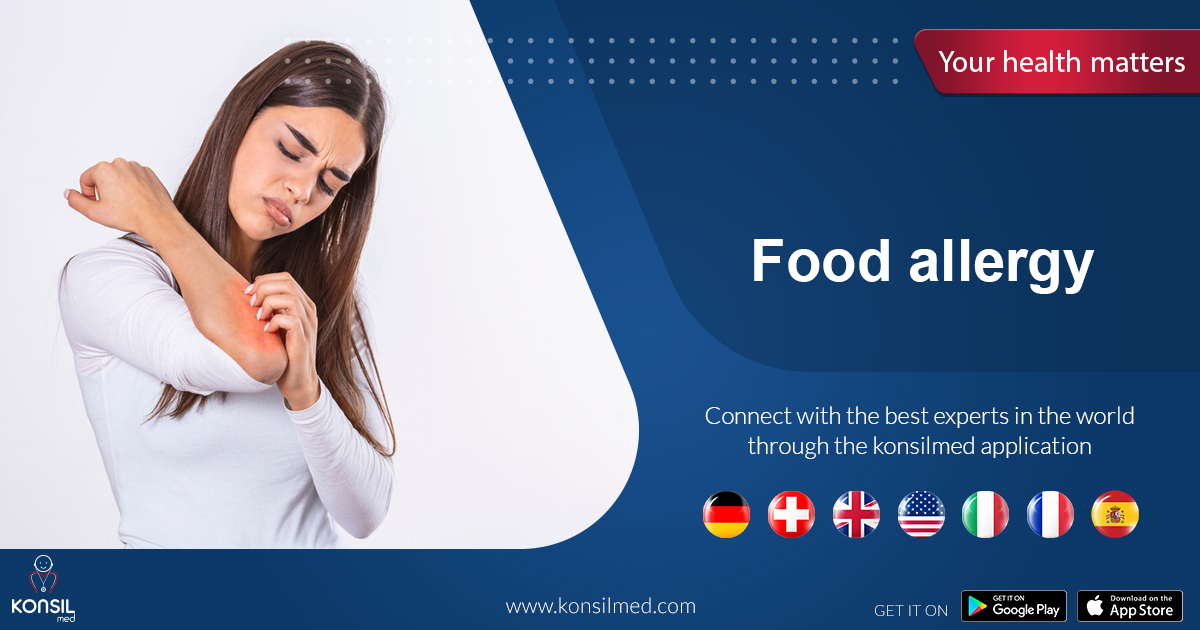
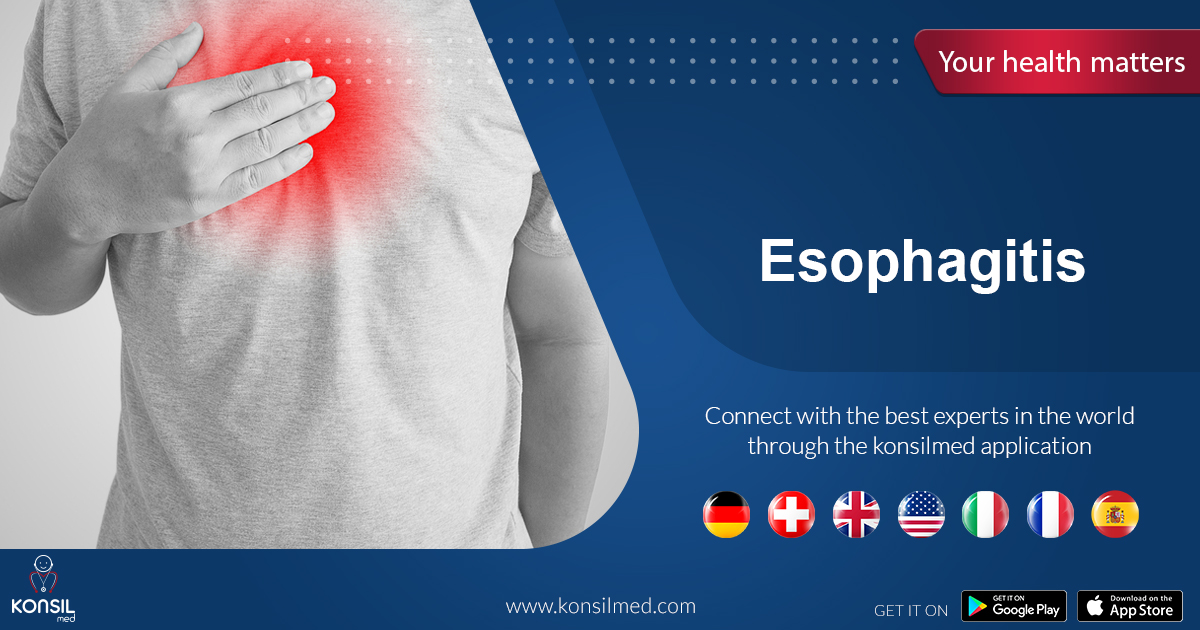
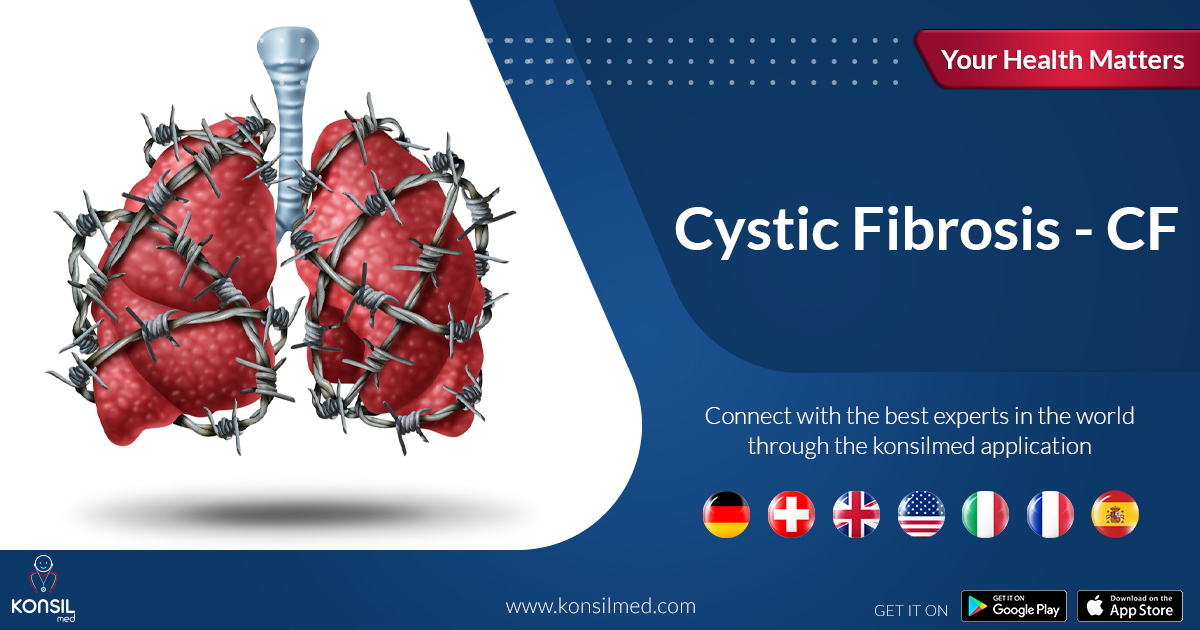
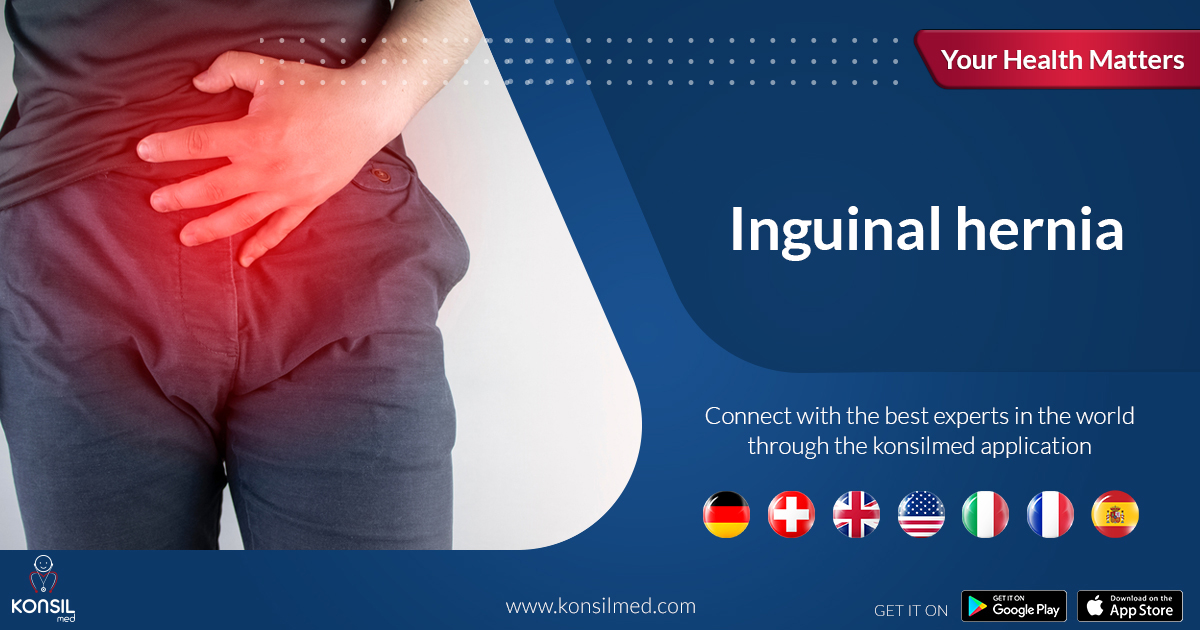
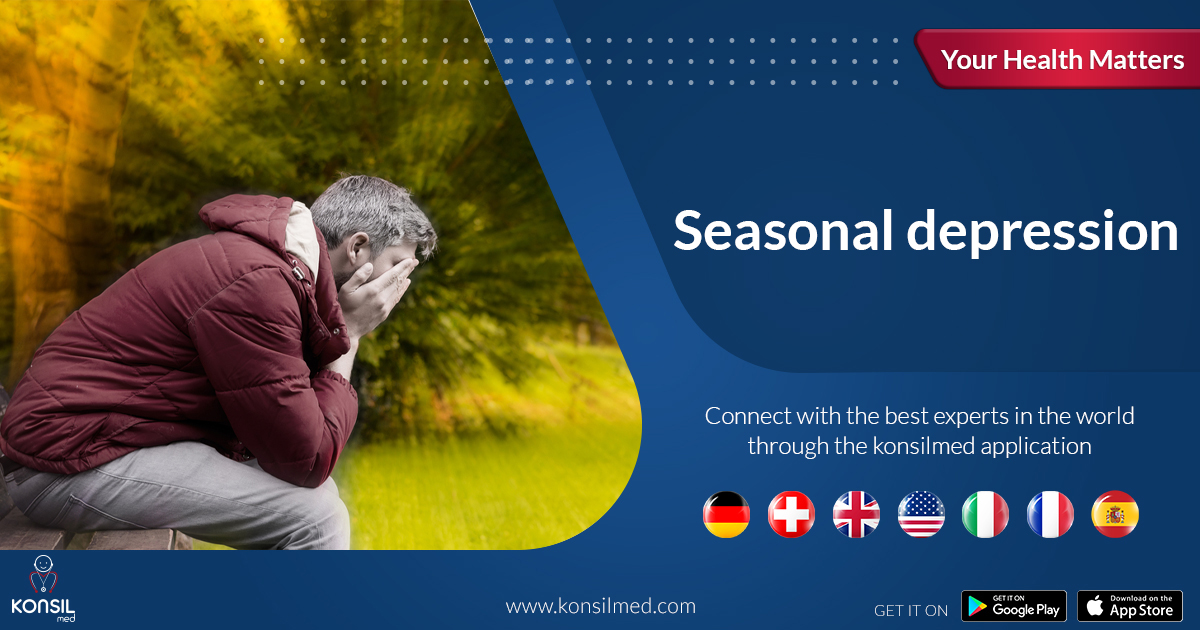
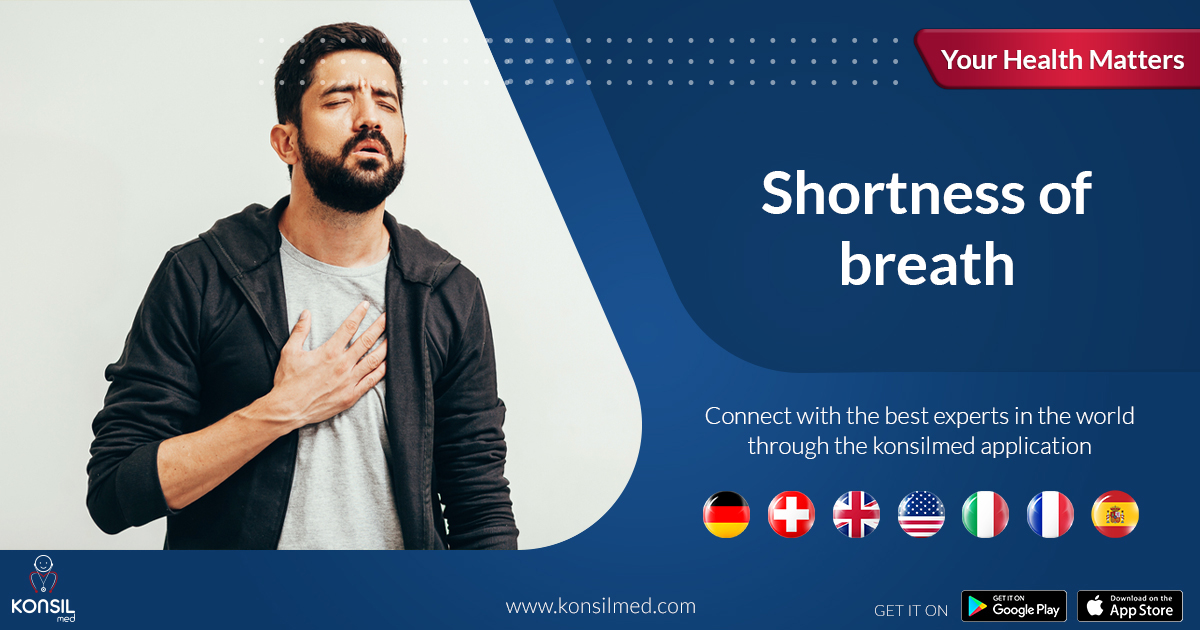
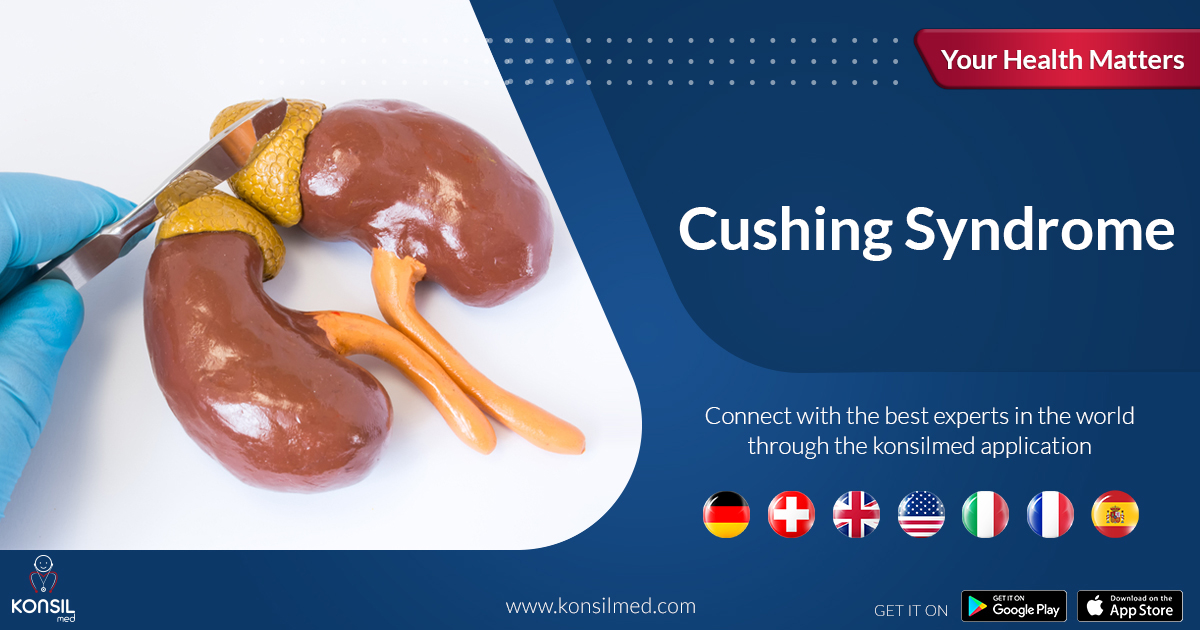
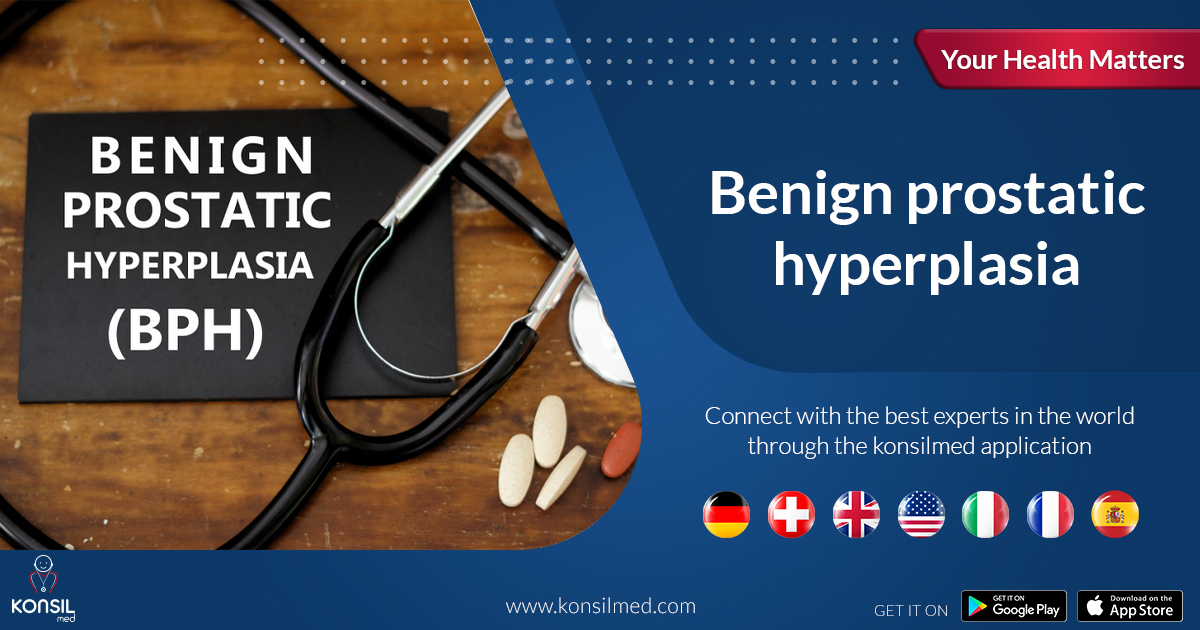
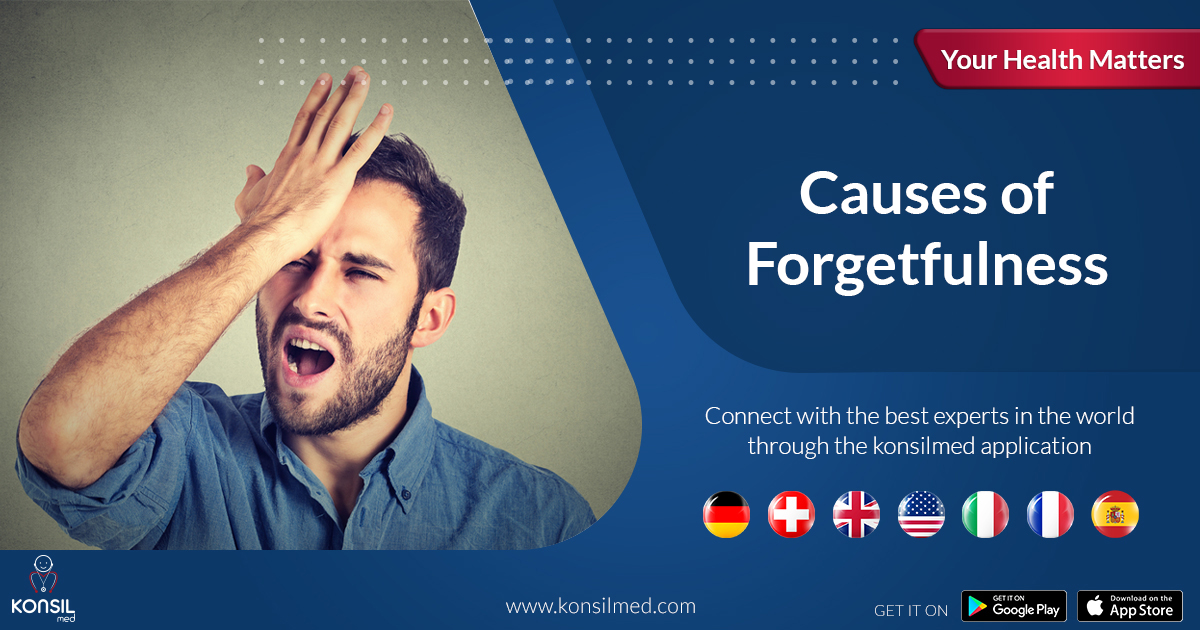
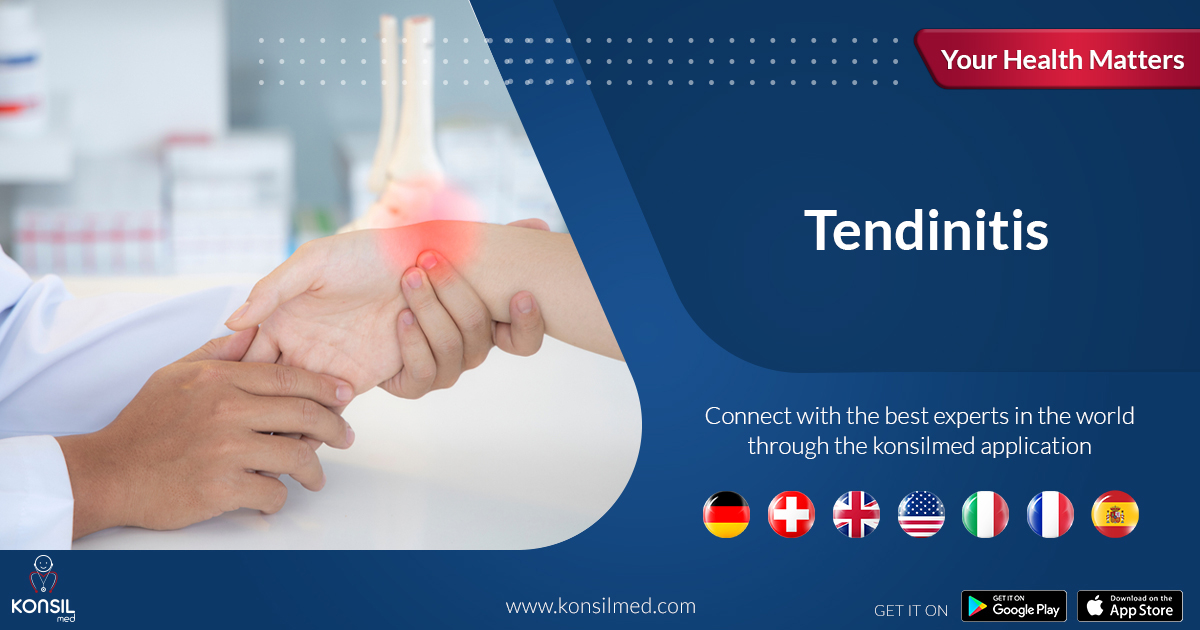
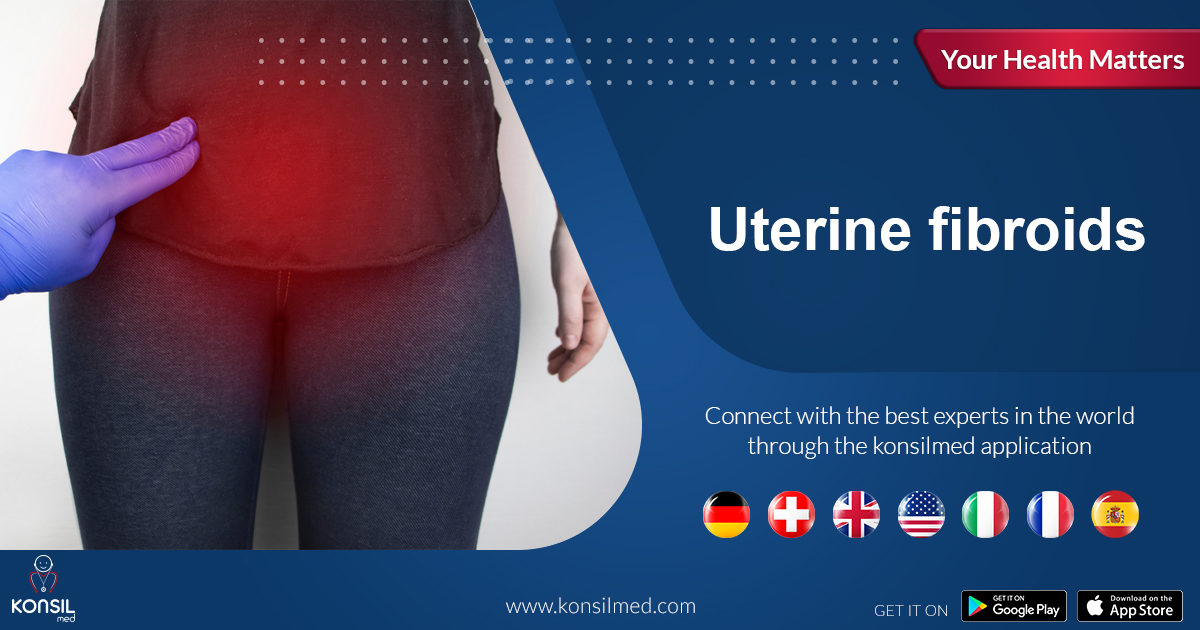
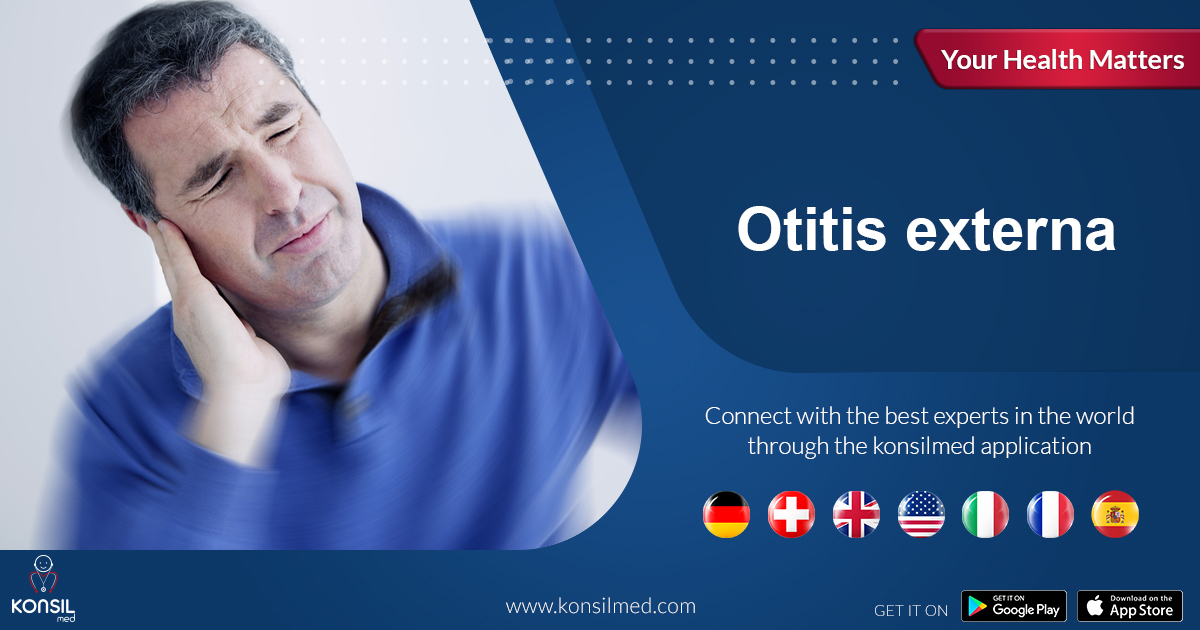
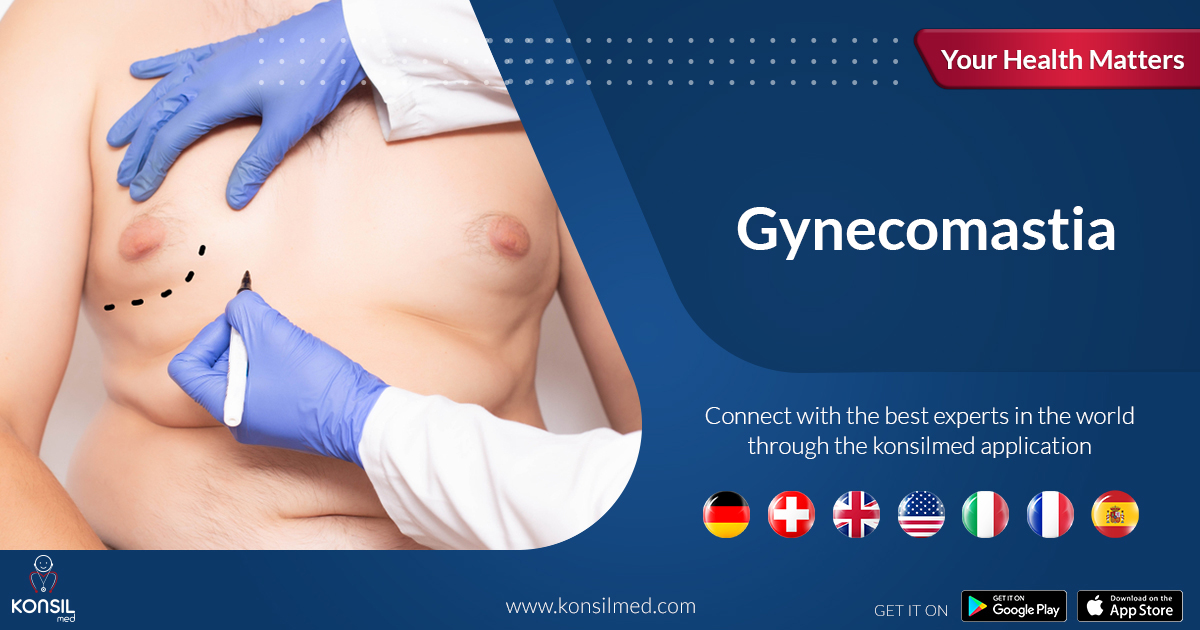

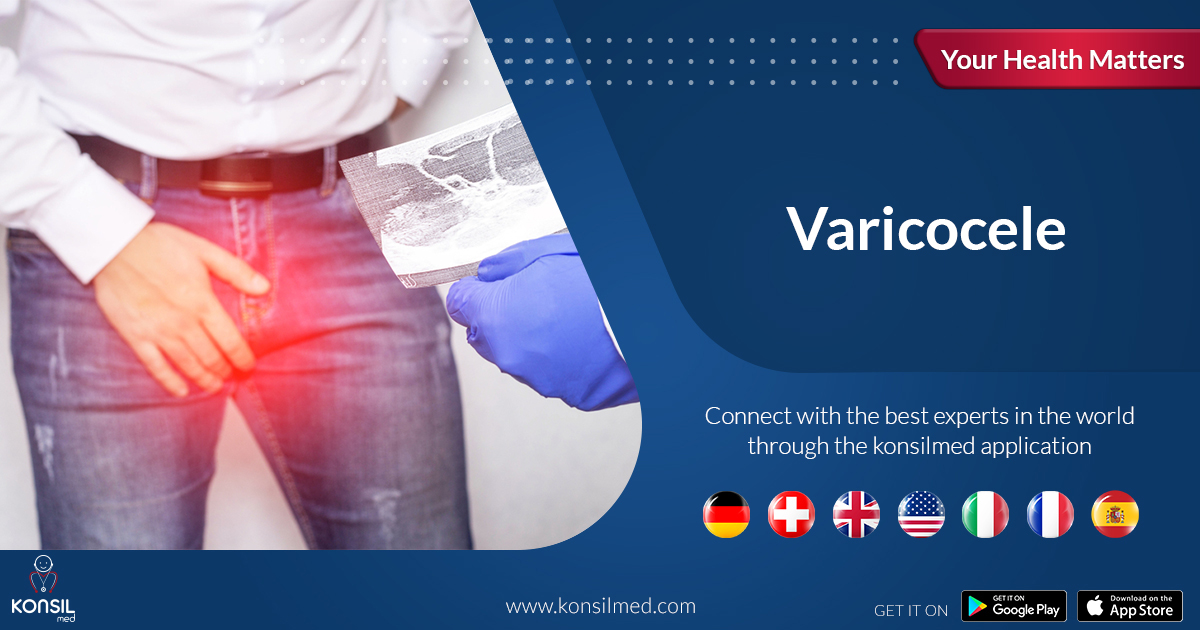
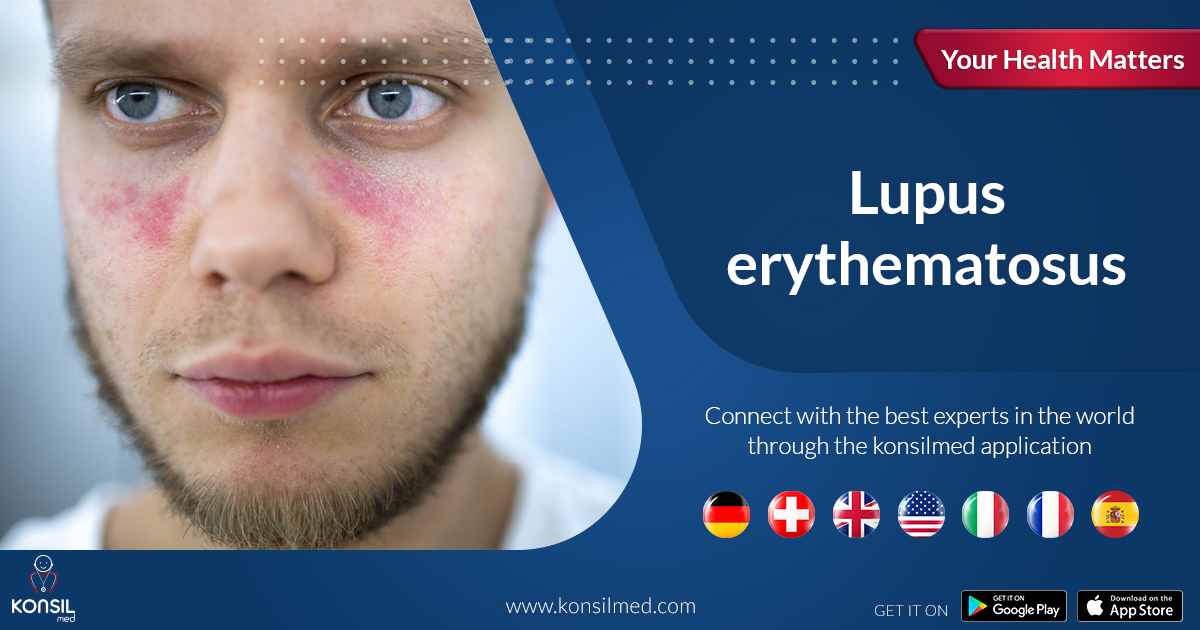

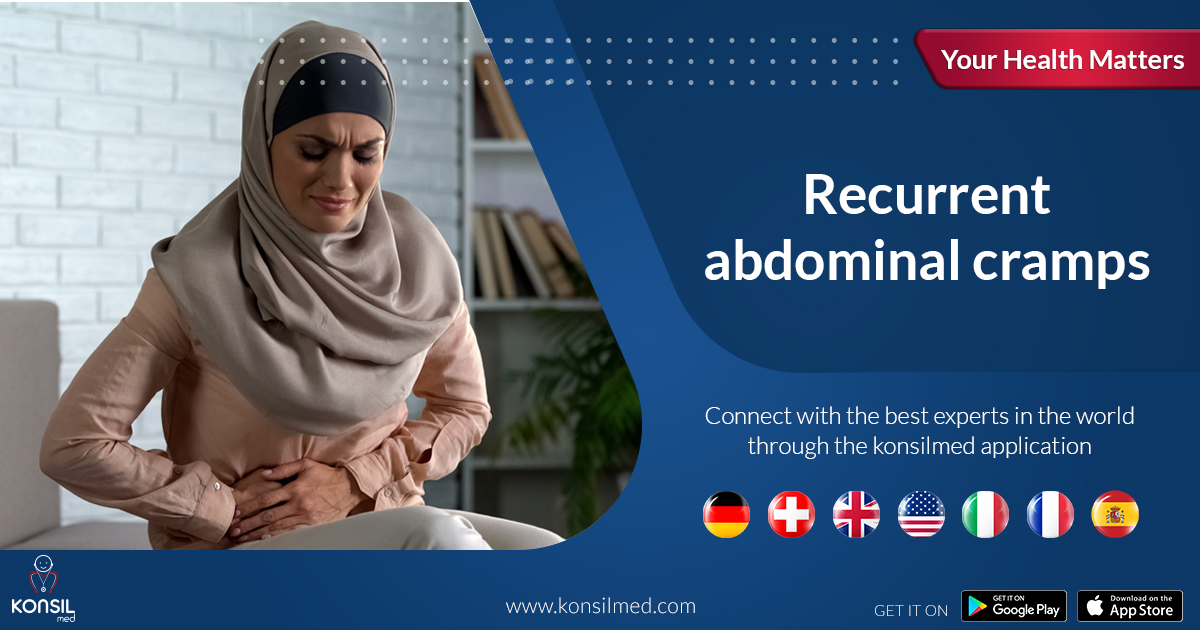
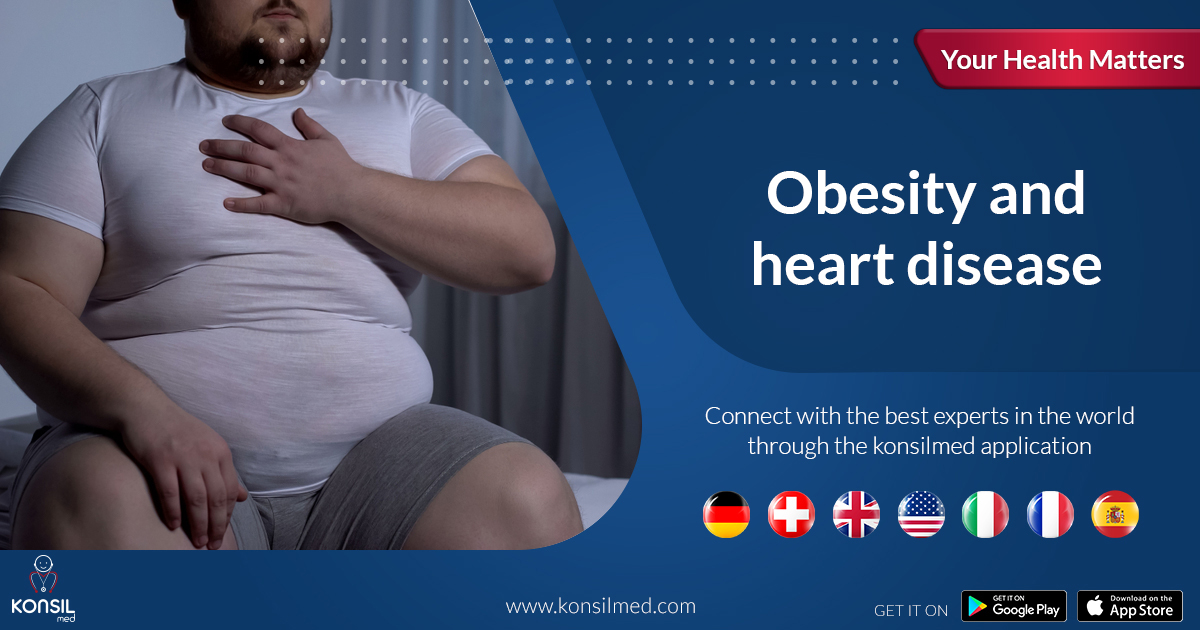
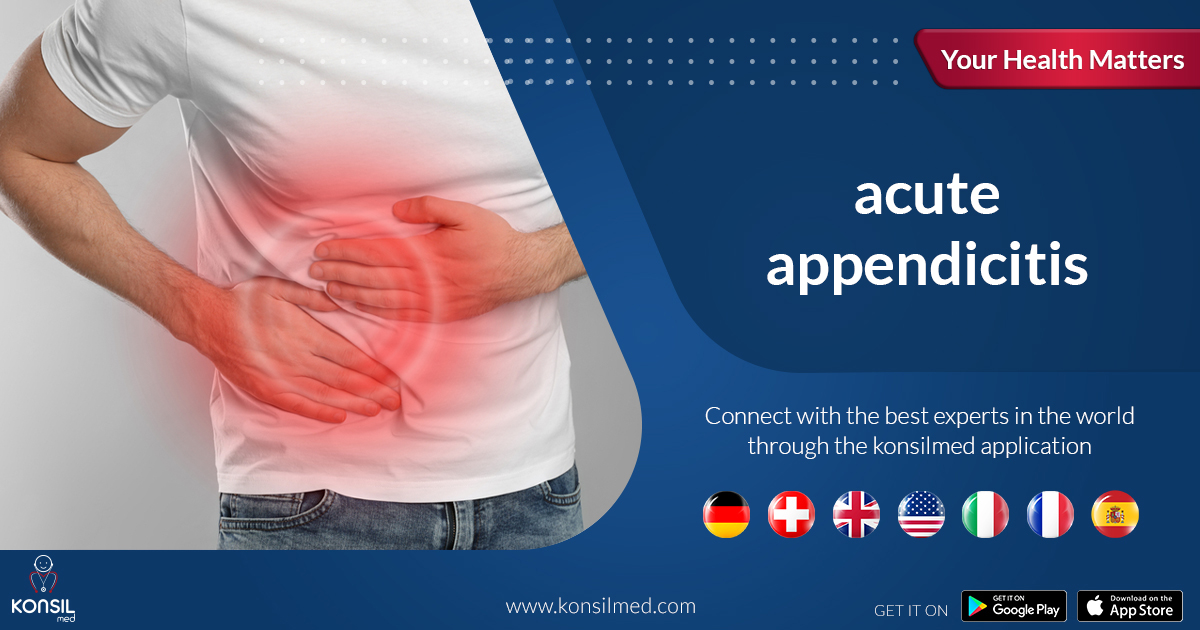





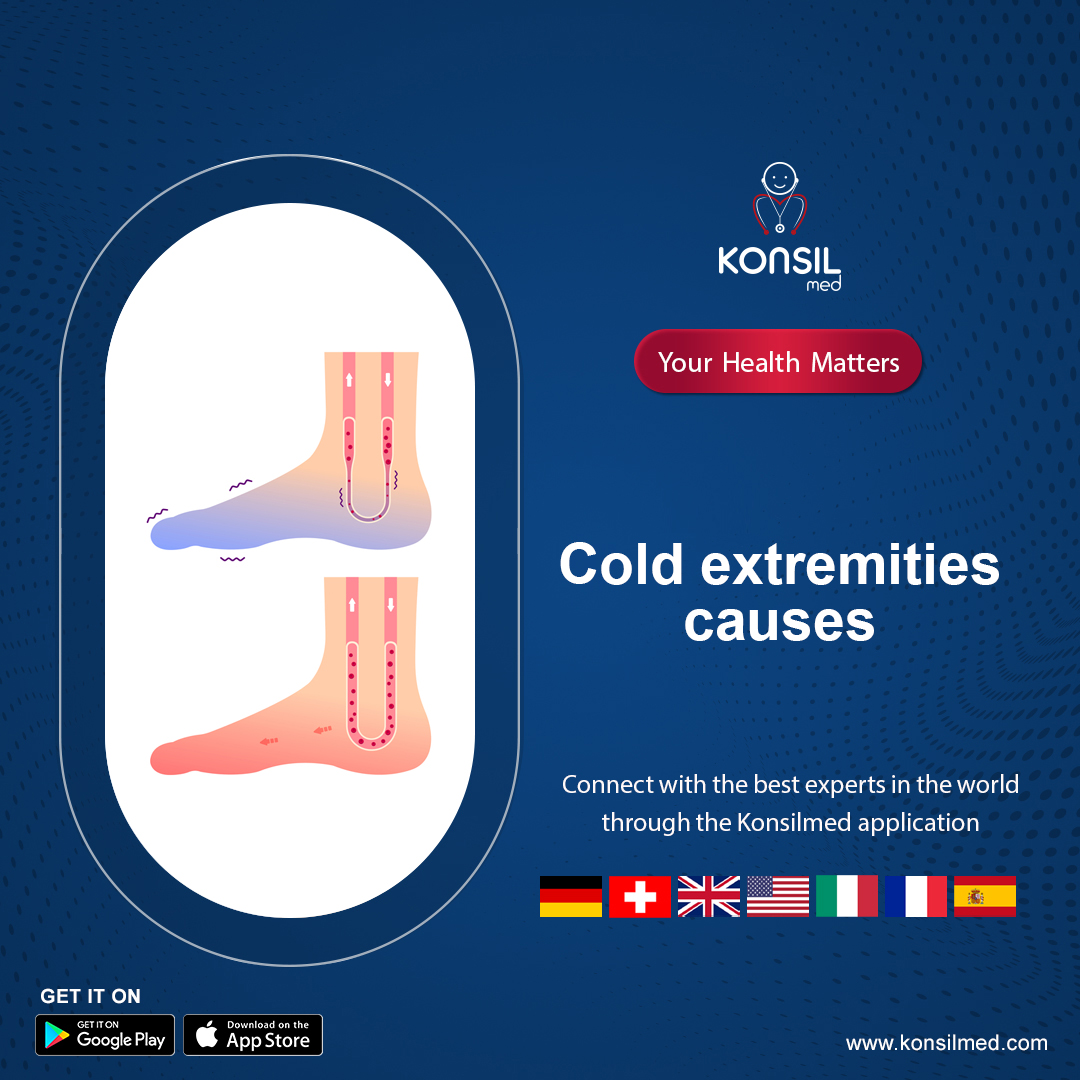
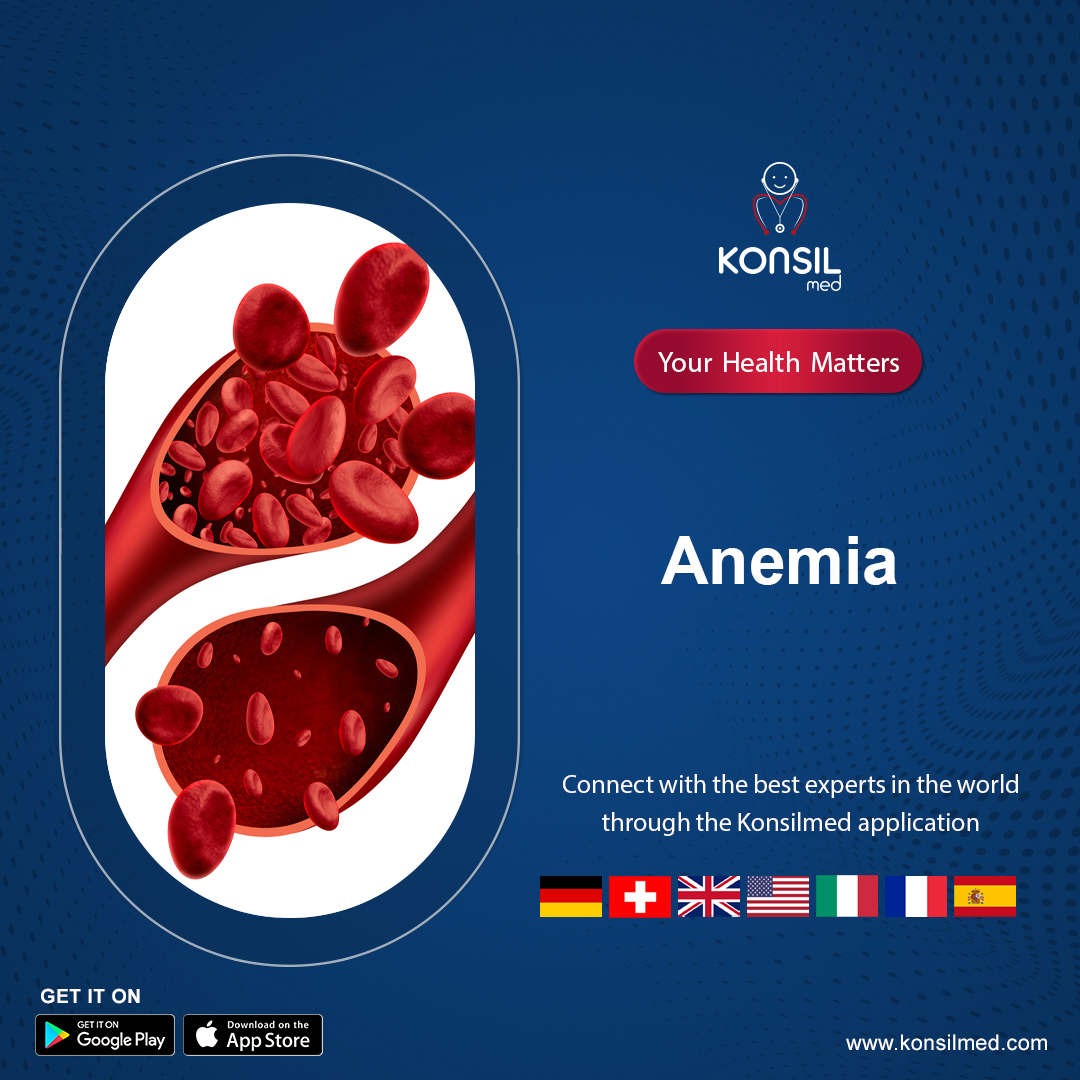



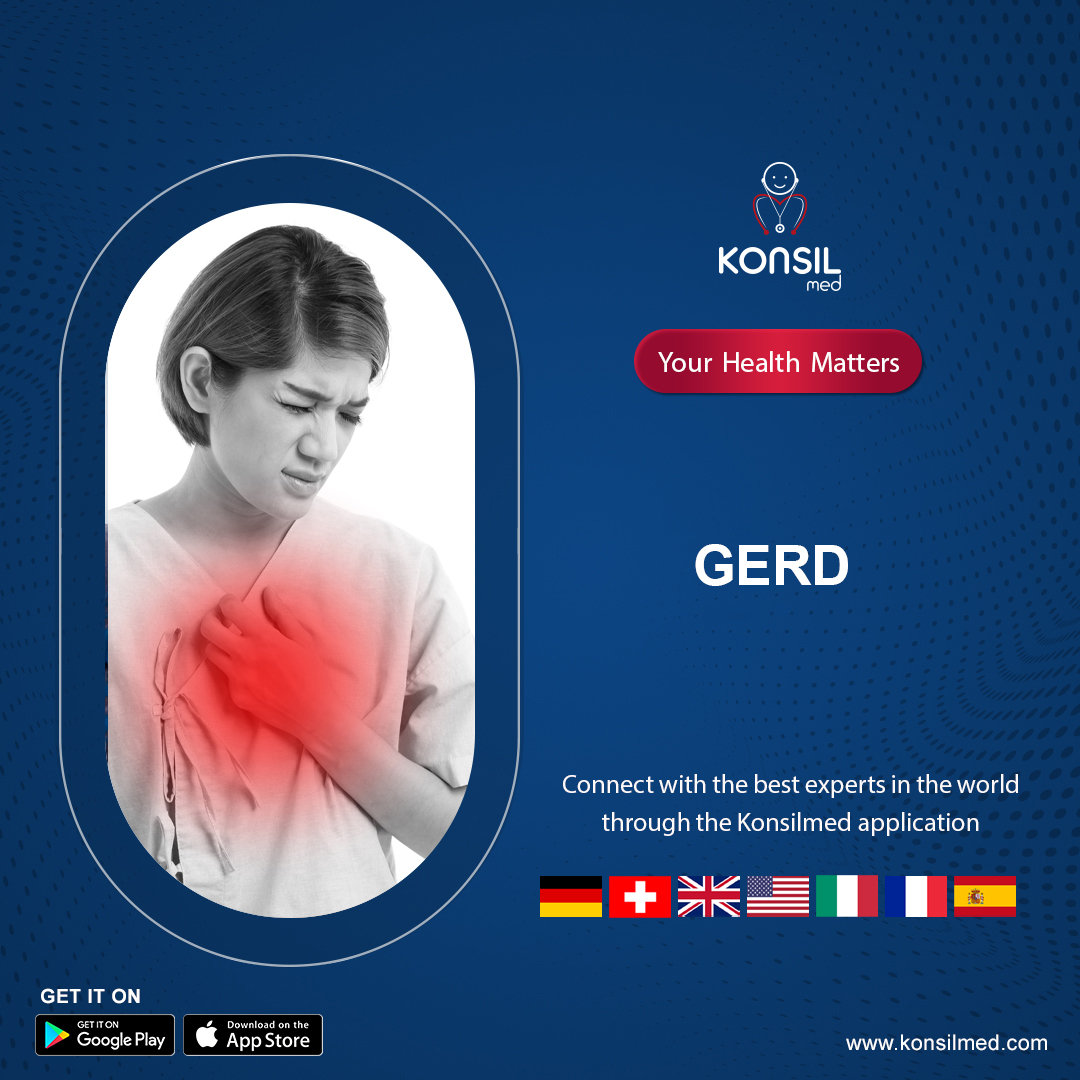
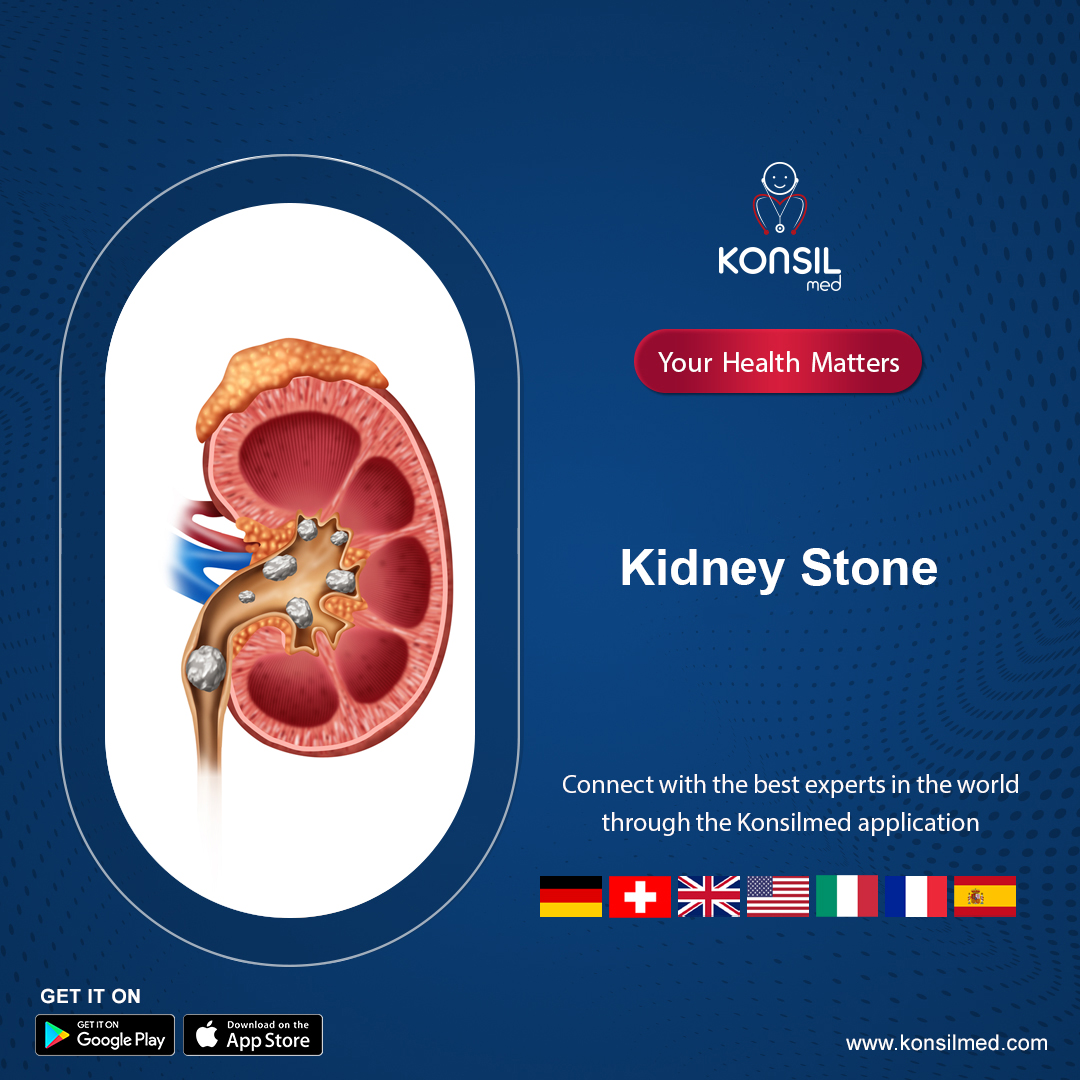
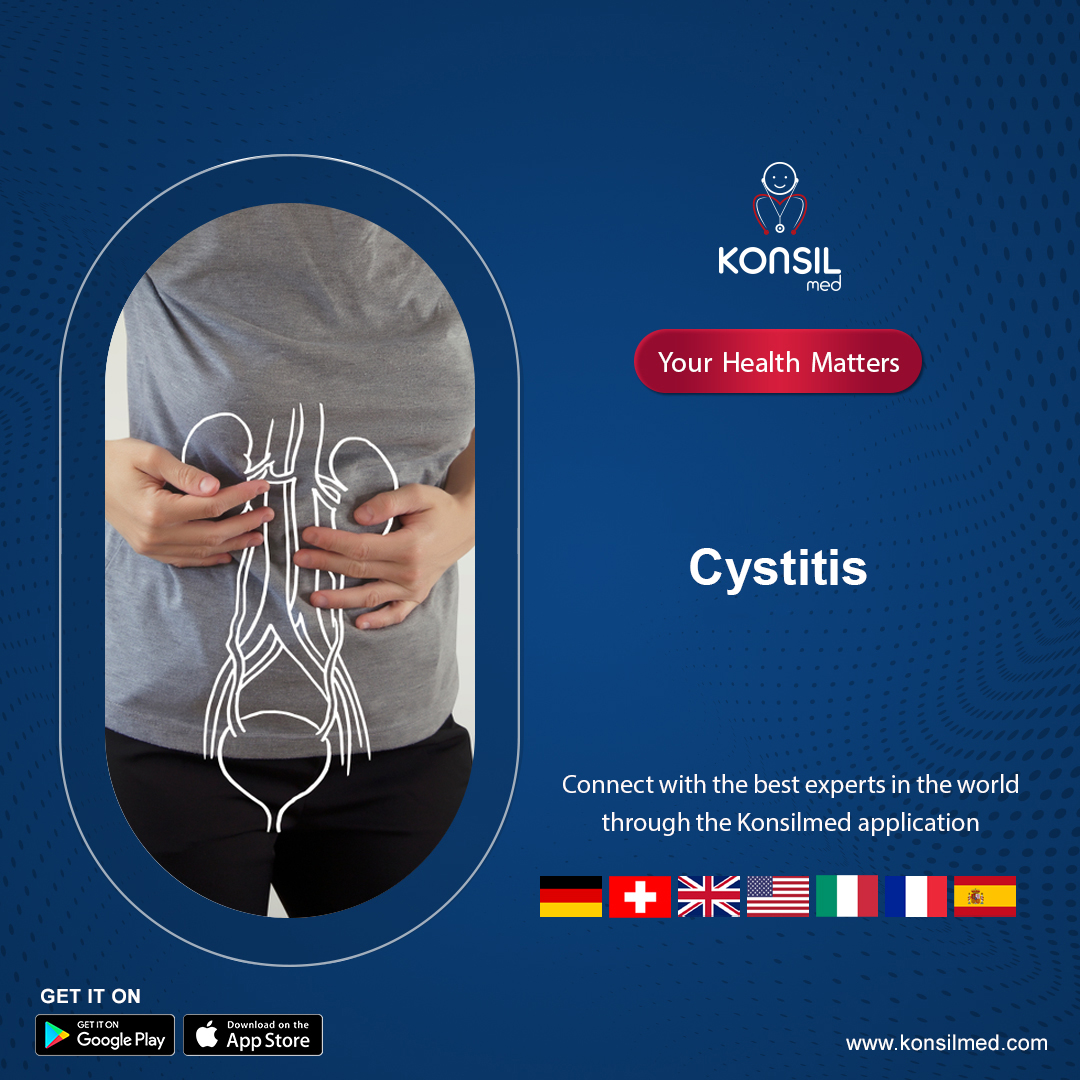
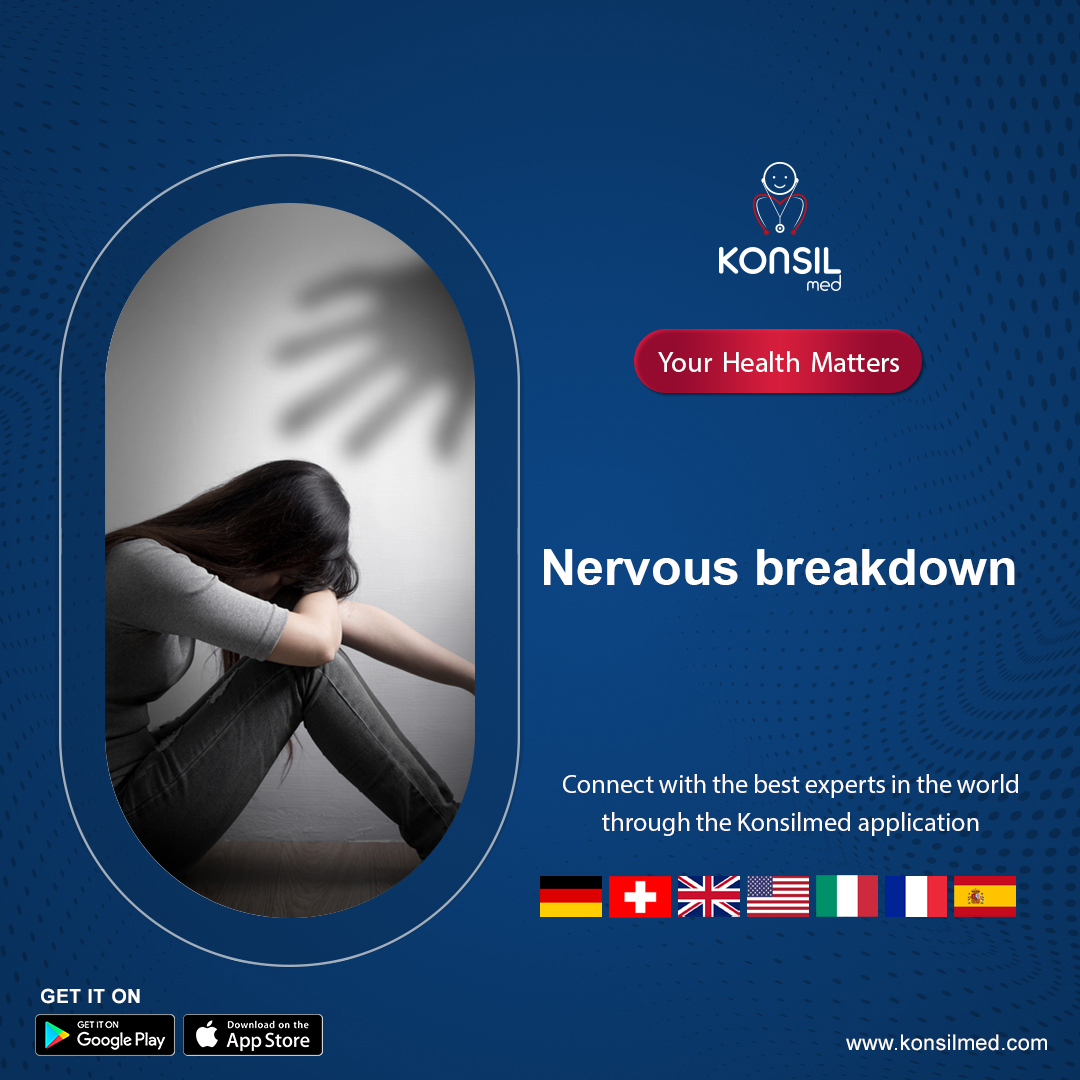
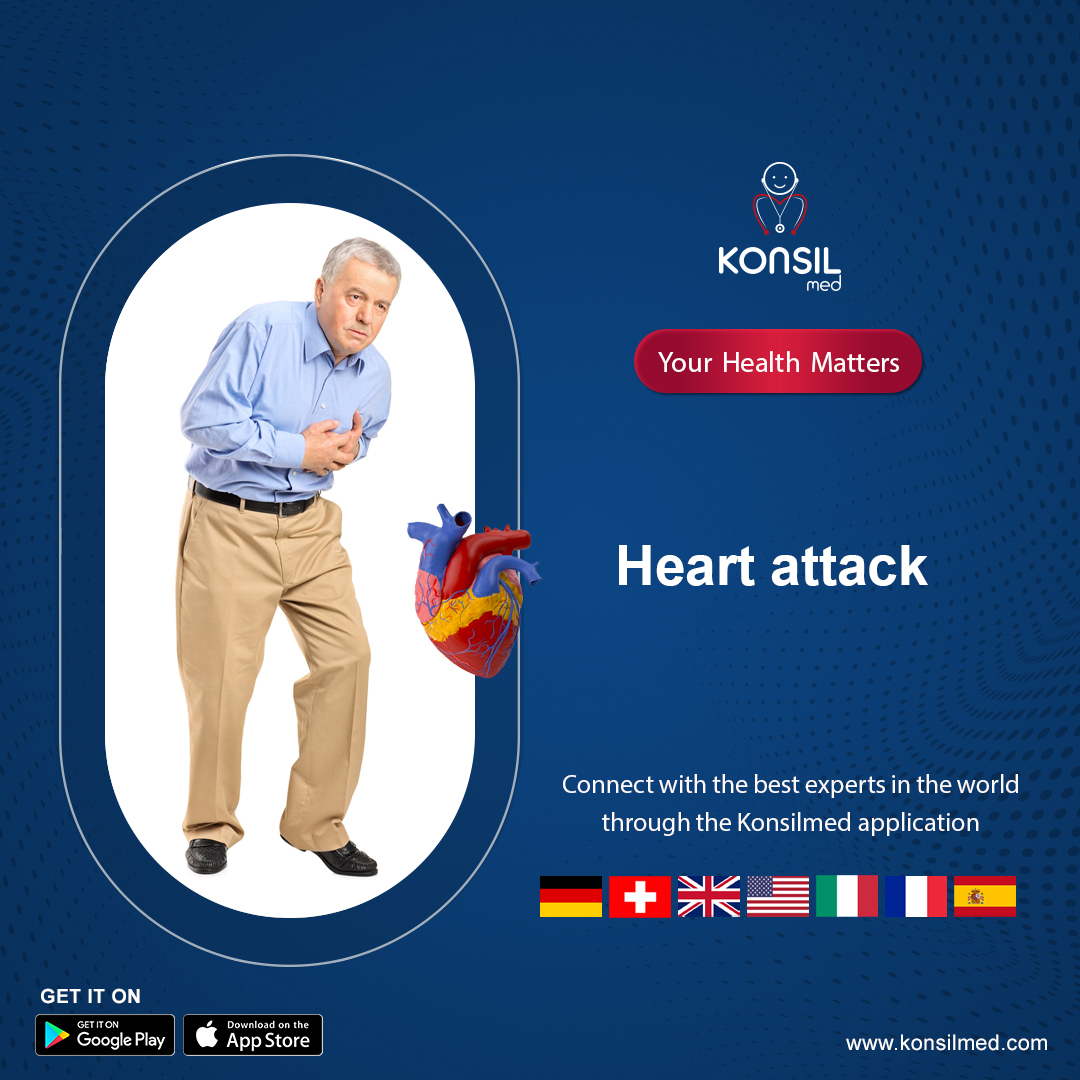
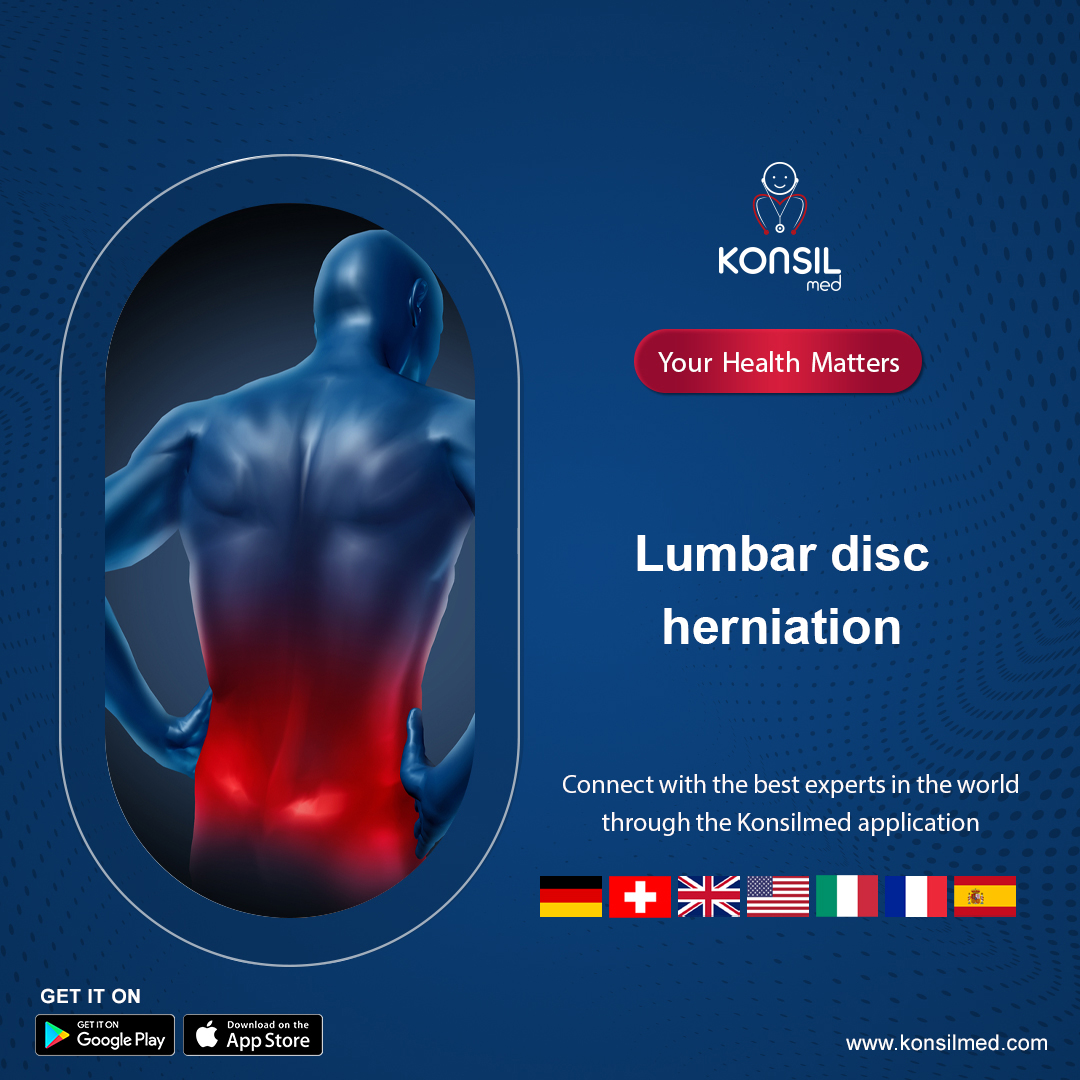

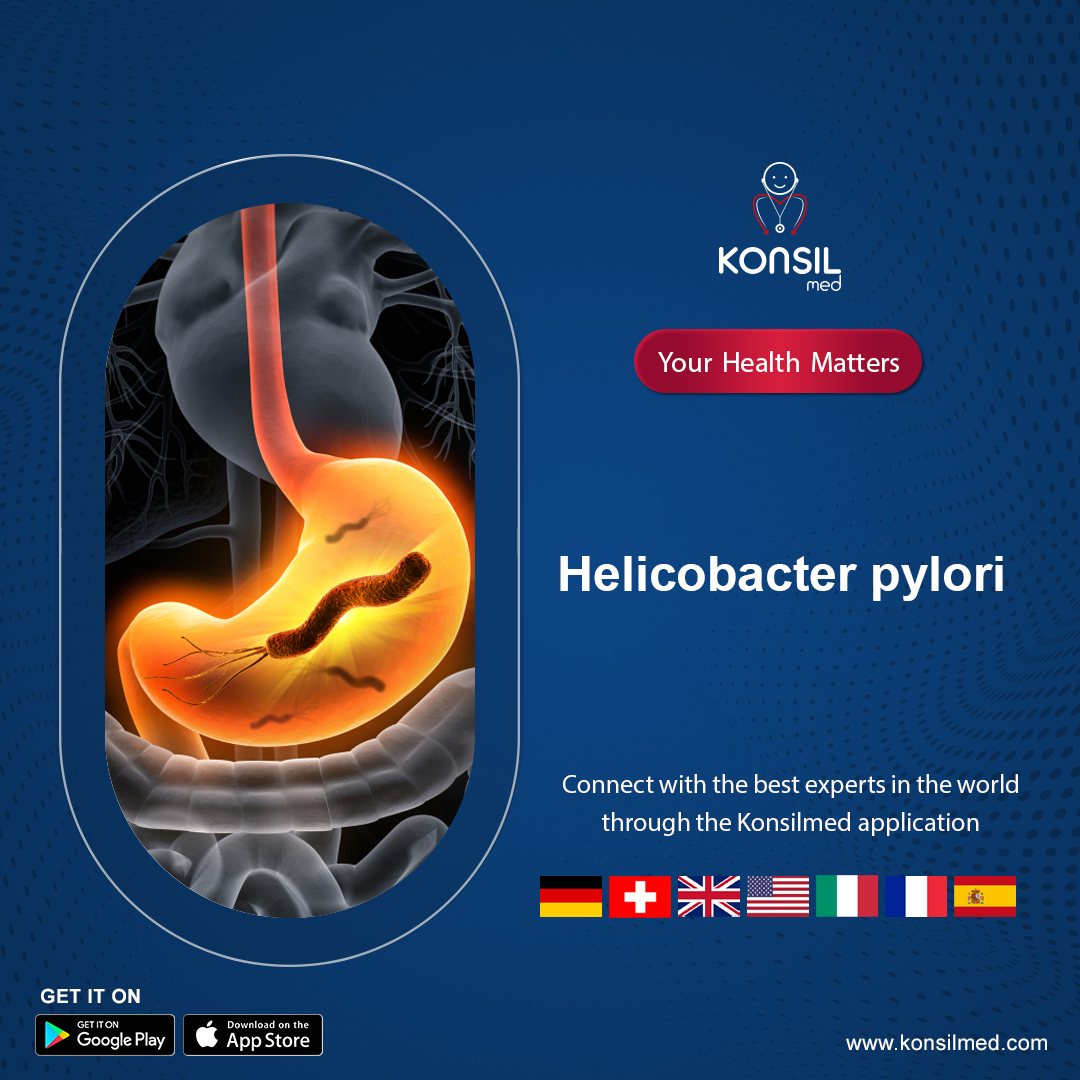

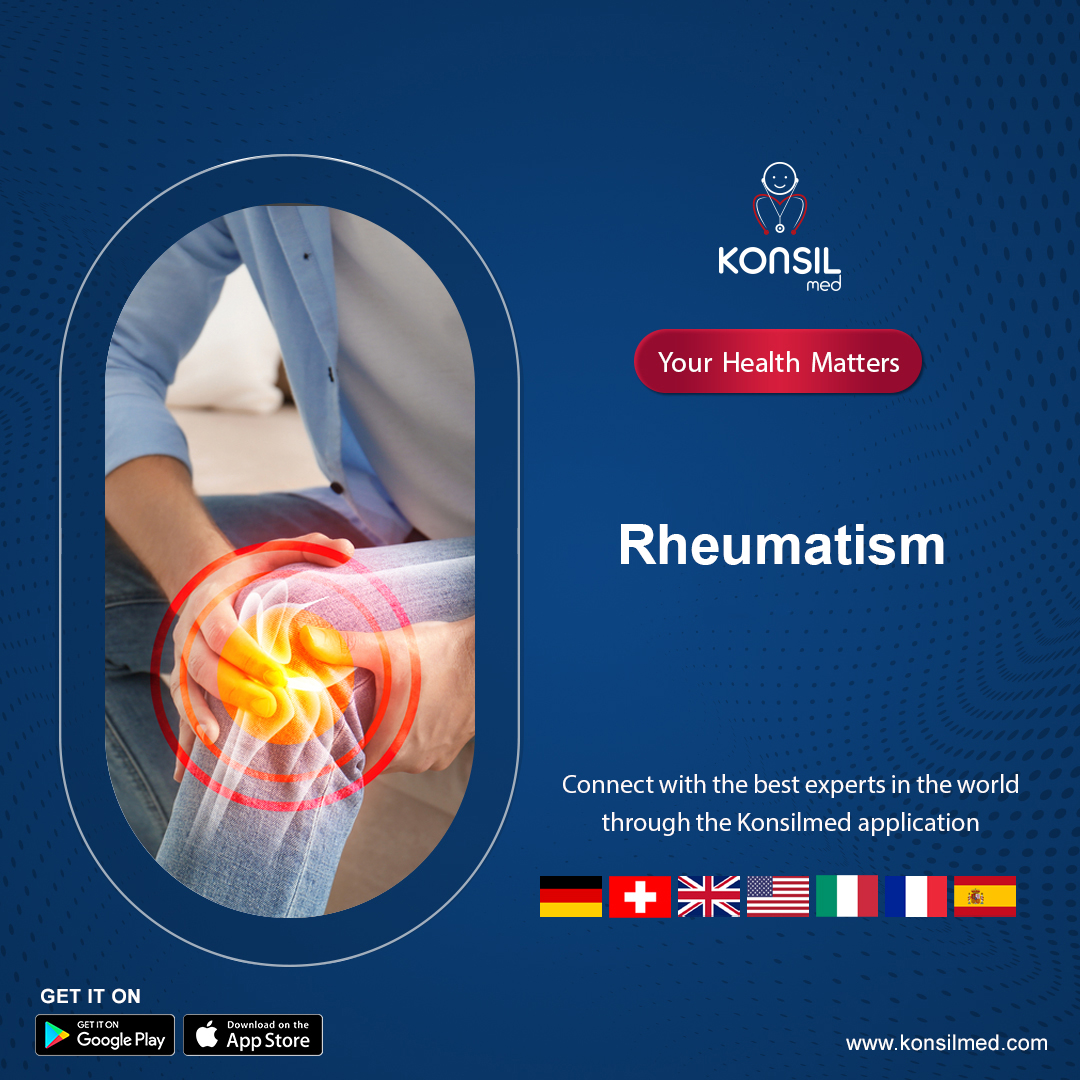


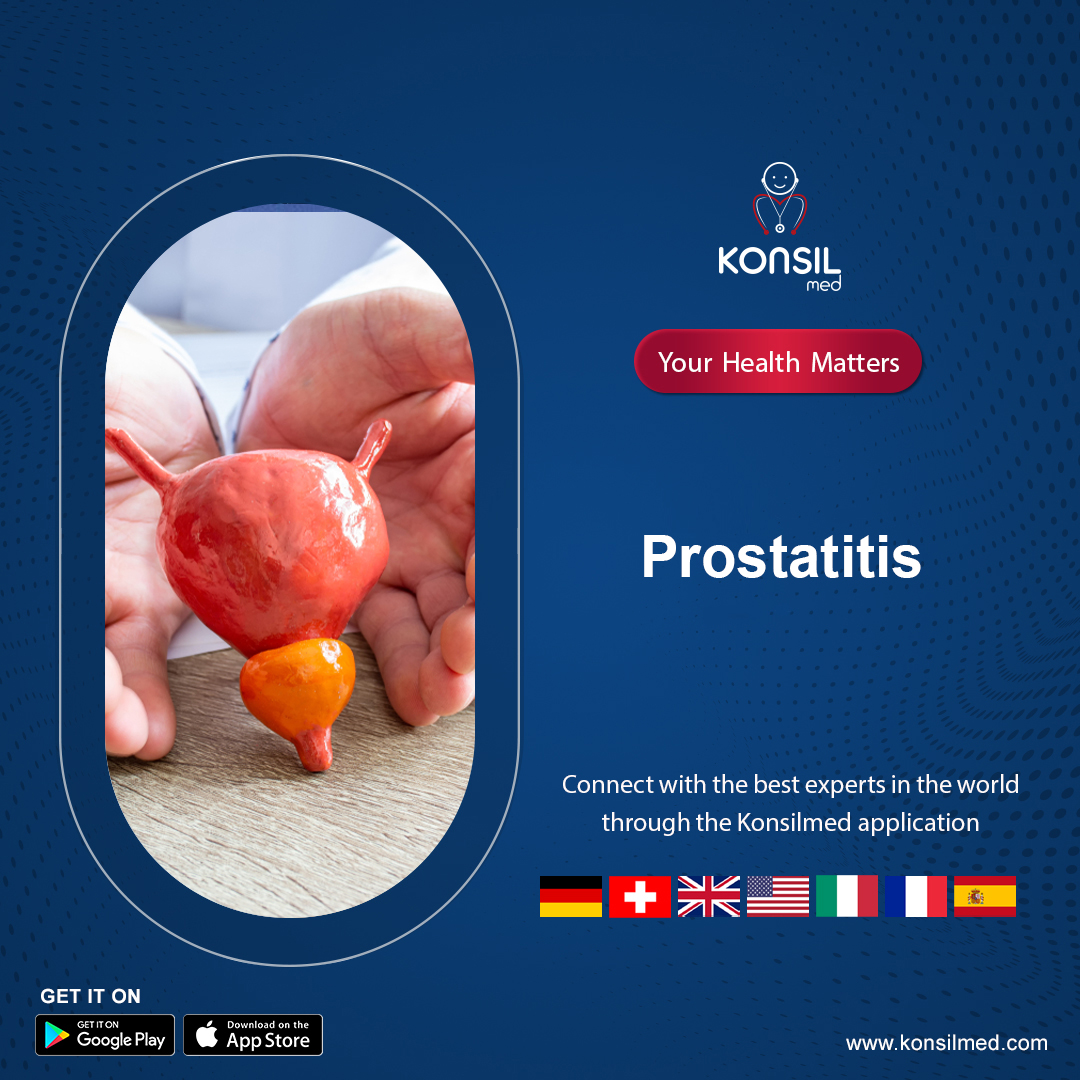

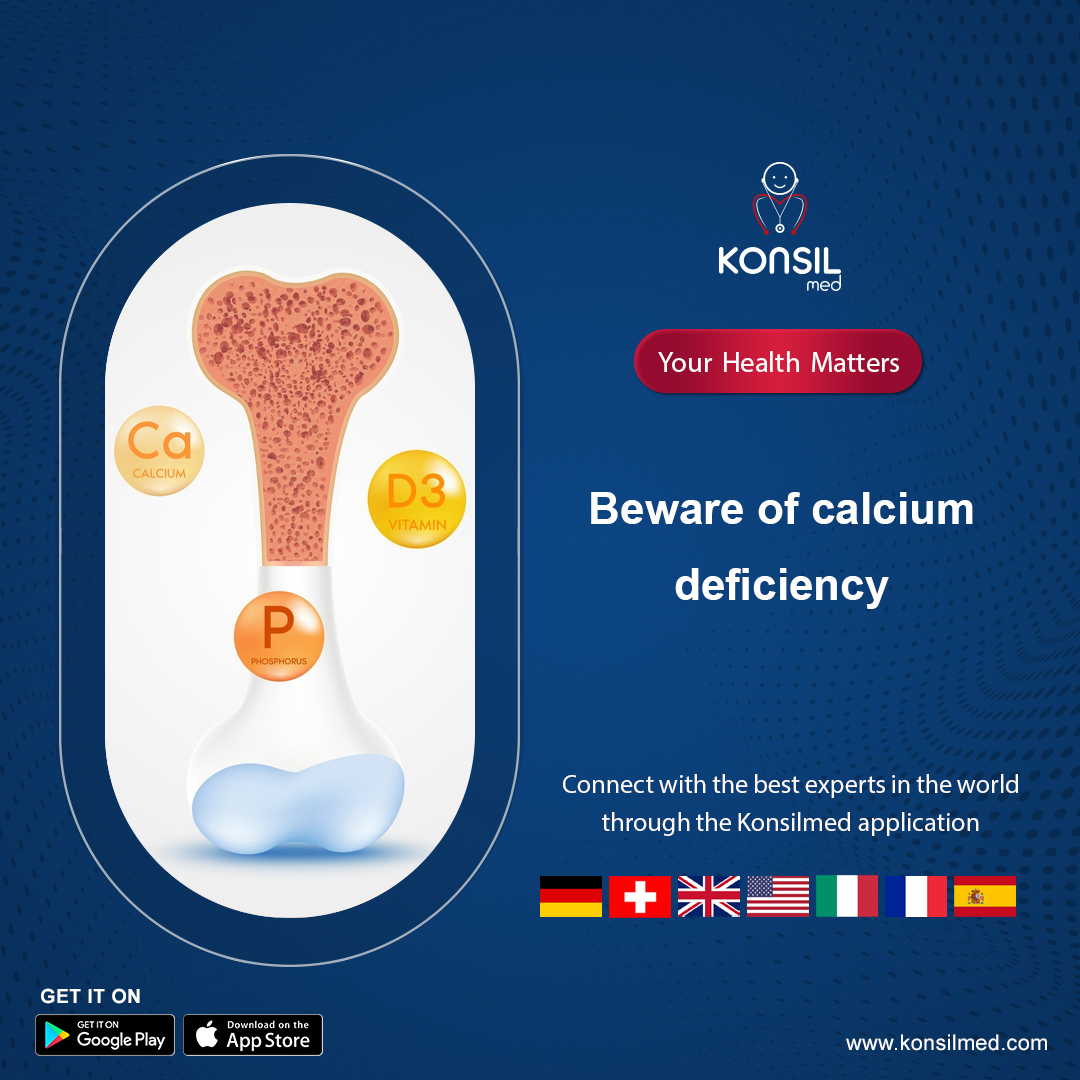

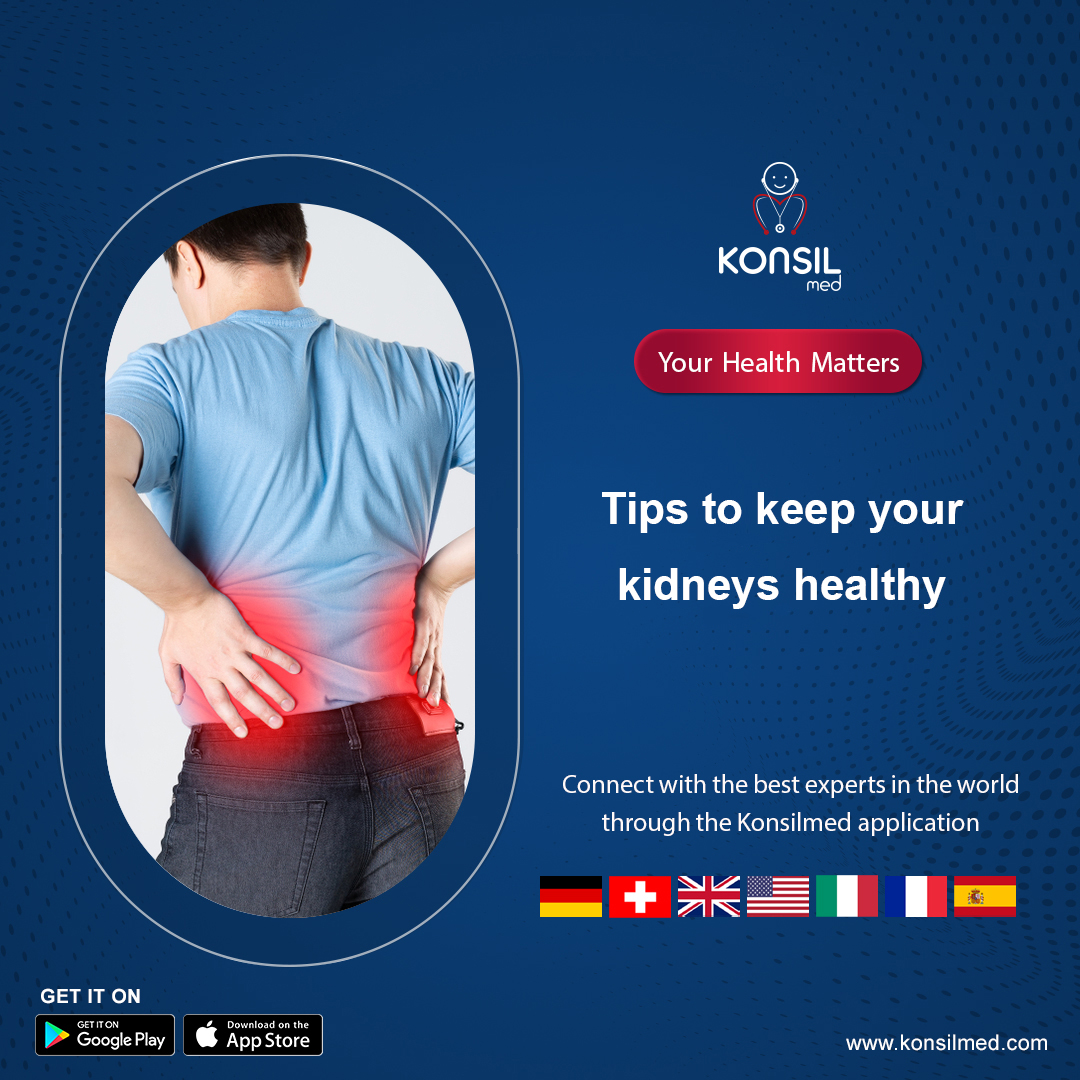
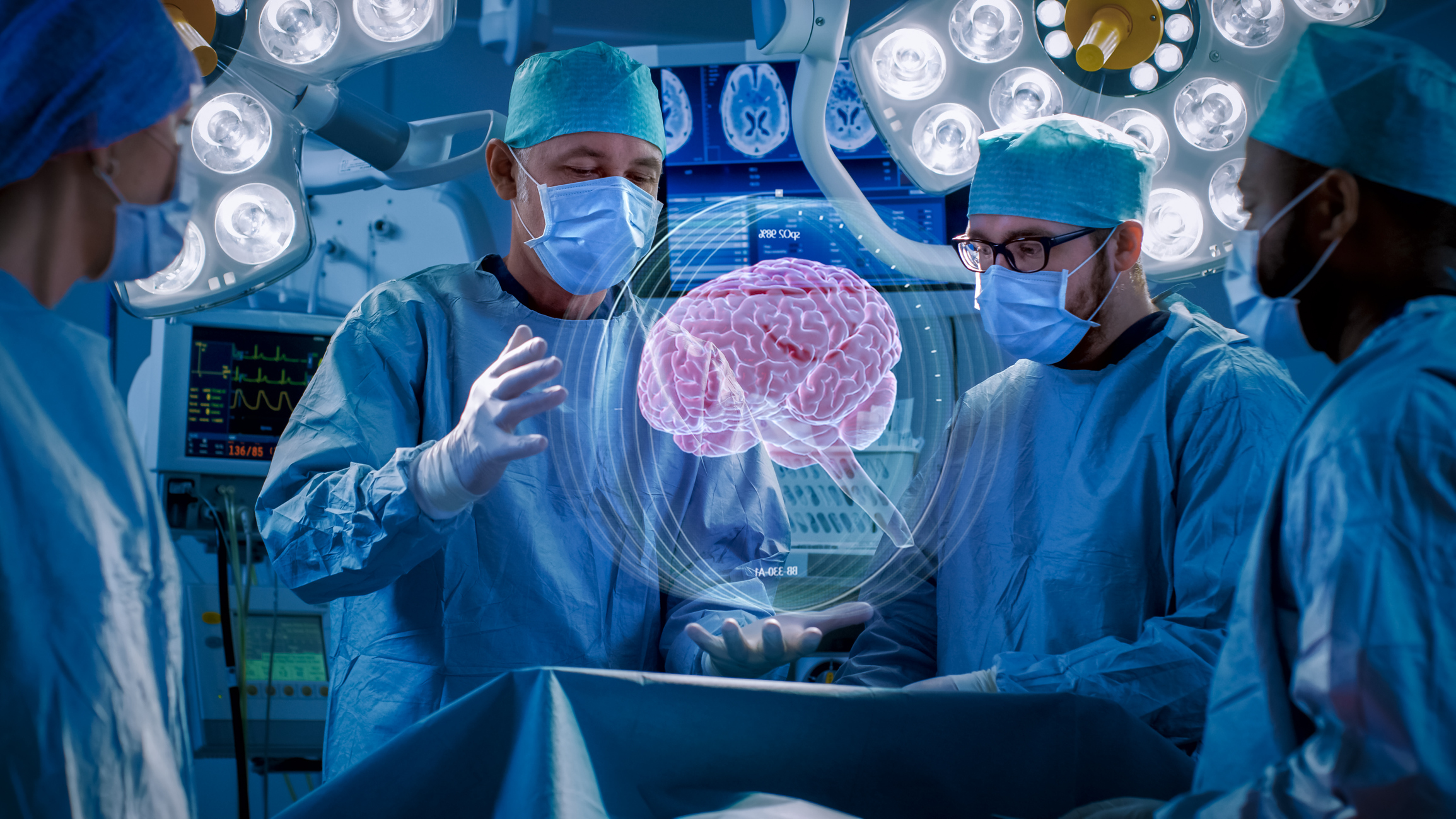
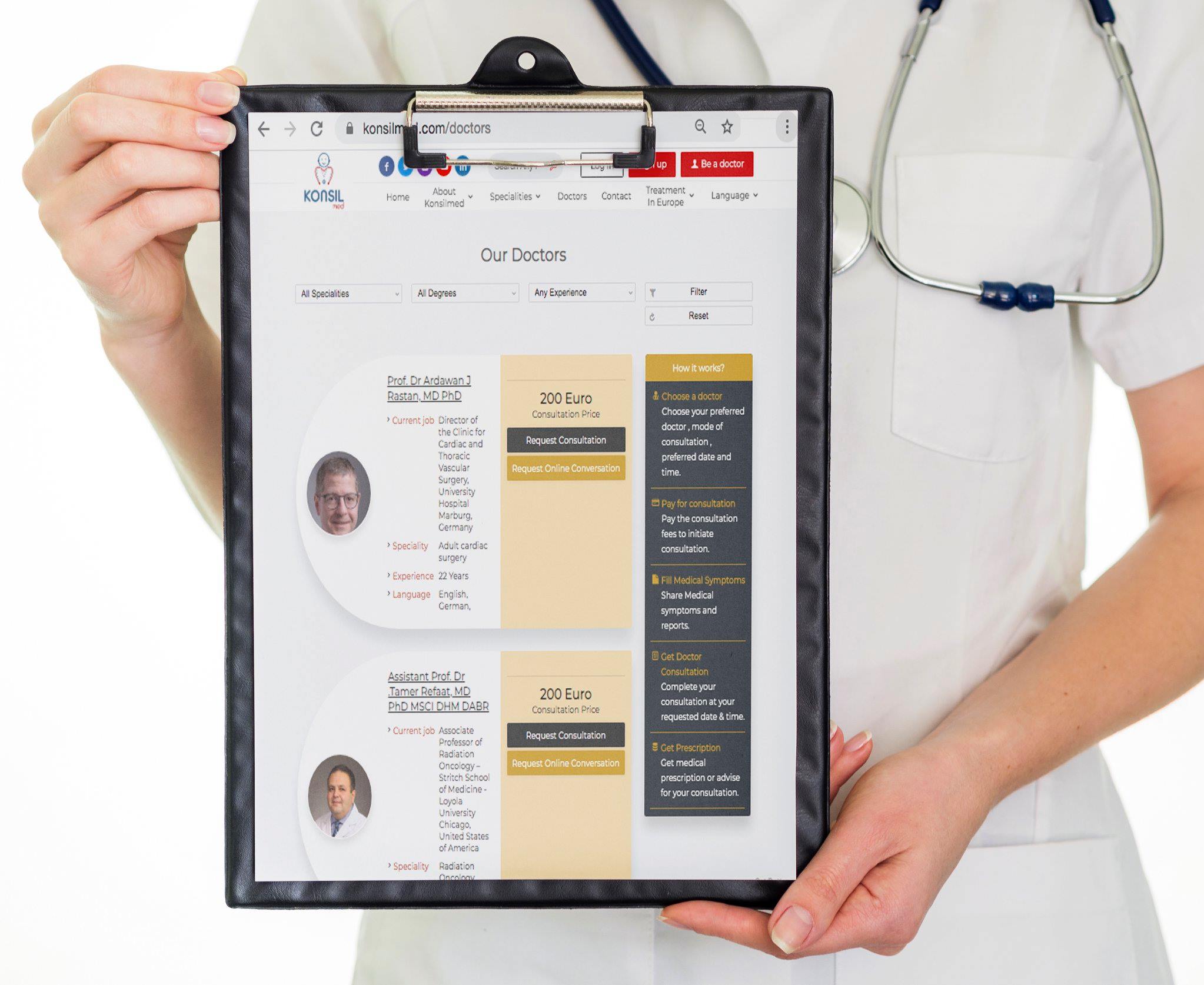
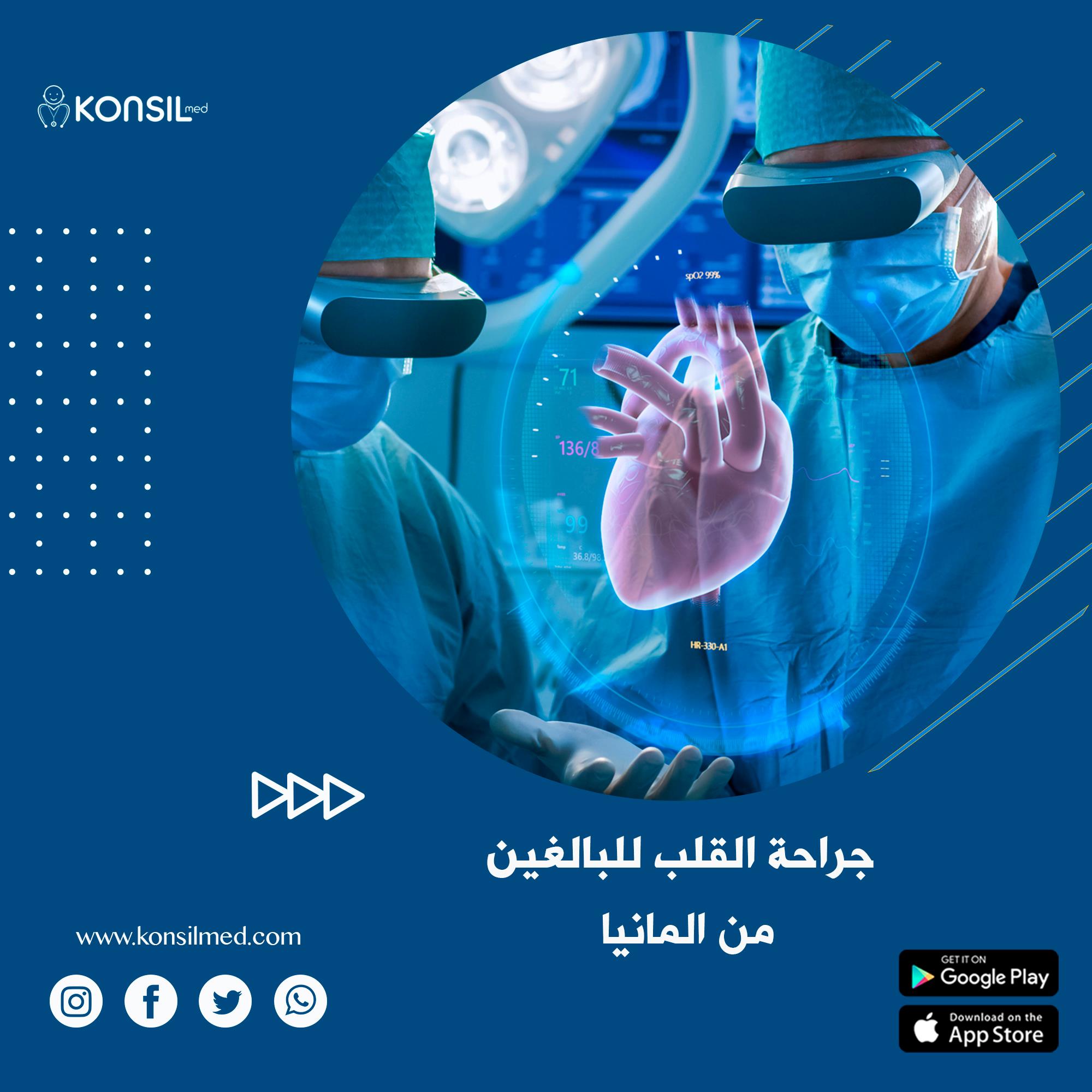
.jpg)
.jpg)